After traveling in India for 8 ½ months, we thought we’d try to sum up our experiences, impressions and lessons learned.
‘You’ll love it or hate it’ is what most say about India and during our 8 1/2 months, we felt both emotions at various times. It is a very difficult country to both travel in and live, but there are so many incredible people and places that the difficult parts can be tolerated. We traveled extensively in India and in this time we feel we were able to get to know the country and its people. In no particular order, here are a few idiosyncrasies of India.
Click here to go directly to Travel Tips India (coming soon).
Traffic
Possibly the first thing you’ll notice about India is the loud, disorganized mayhem that is everyday traffic. This is true of many Asian countries, but India takes it to a whole new level. Drivers do not abide by the typical rules of the road. Horns are continuously honked whether there is need or not. Drivers don’t shoulder check to change lanes, make a turn or merge into traffic, they expect cars in the other lane to honk. If no one honks, the driver continues to merge without looking. Lanes do not exist either. The result is, as many cars, auto-rickshaws and motorbikes that can fit into one space do. Vehicles, especially motorbikes, drive on either side of the road, weaving in and out as needed. The good thing (and the bad) is that they only travel 40 km/hr so accidents are rarely serious.
On top of this, cows frequently walk or lie on the streets and highways causing sudden stops or swerves as vehicles try to avoid hitting the holy animals. The strange thing, is that even with all of this congestion and disorganization, cutting each other off etc, drivers don’t get mad at each other as we do in North America. They just veer around them and continue on their way.
Traffic circles – One interesting and often scary practice is how Indian drivers use traffic circles. Instead of going around the traffic circle in one organized direction, vehicles take the shortest route, which is often opposite to oncoming traffic!

Streets of Mumbai 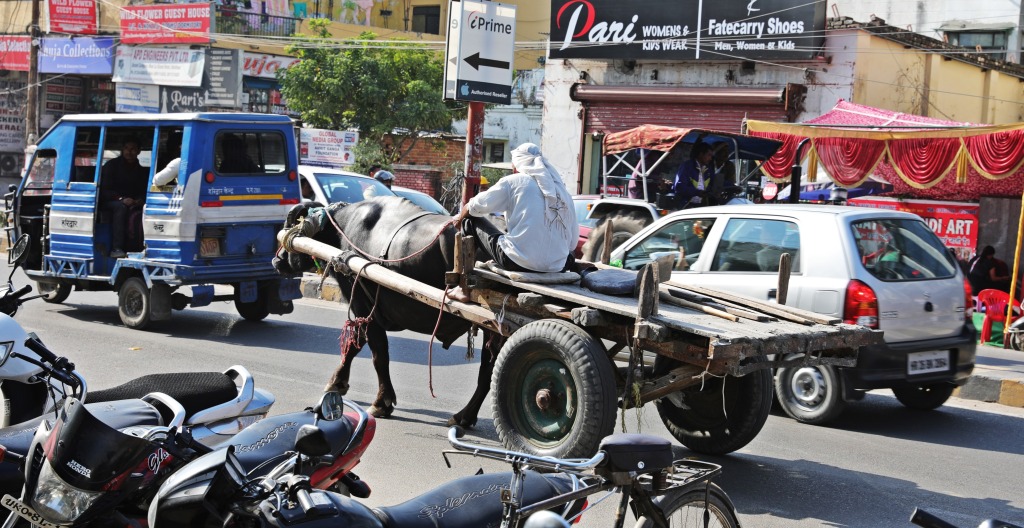
Buffalo cart in downtown Haridwar traffic 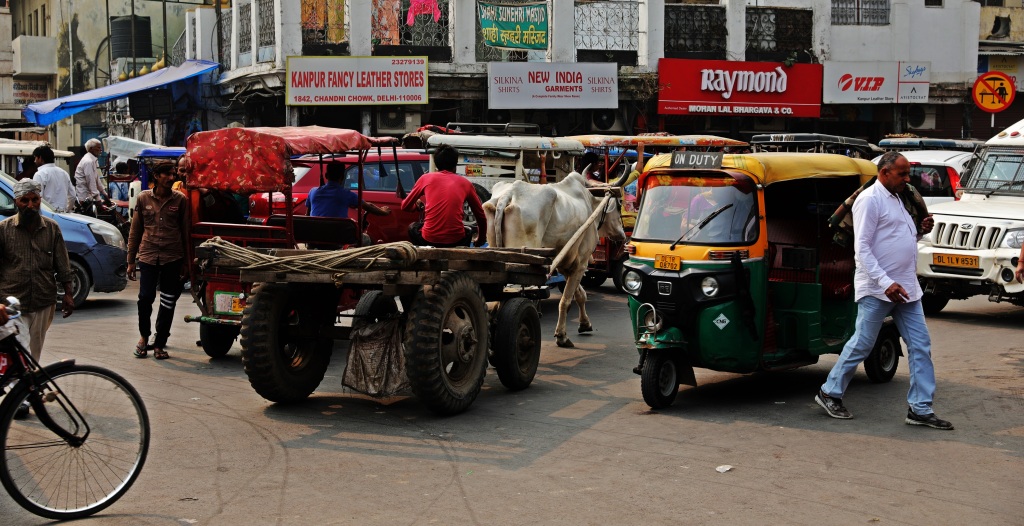
Old Delhi traffic 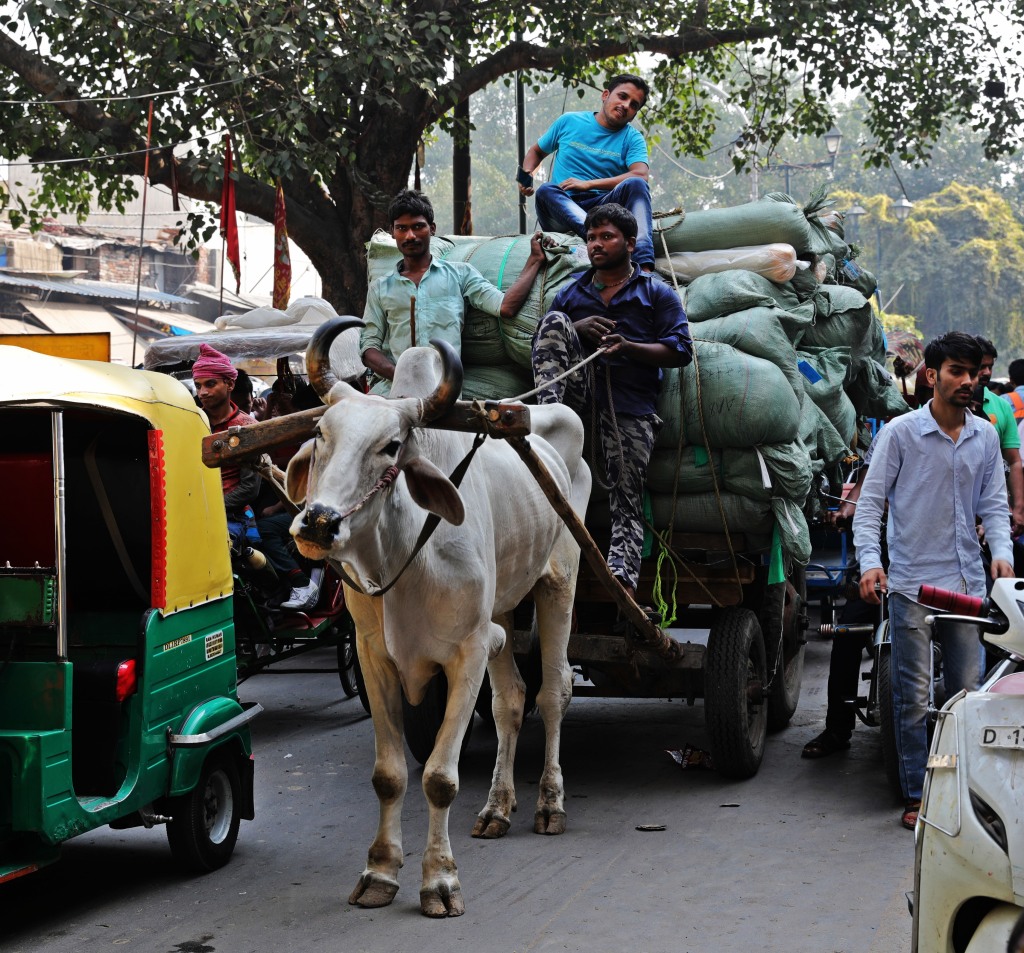
Streets of Old Dehli 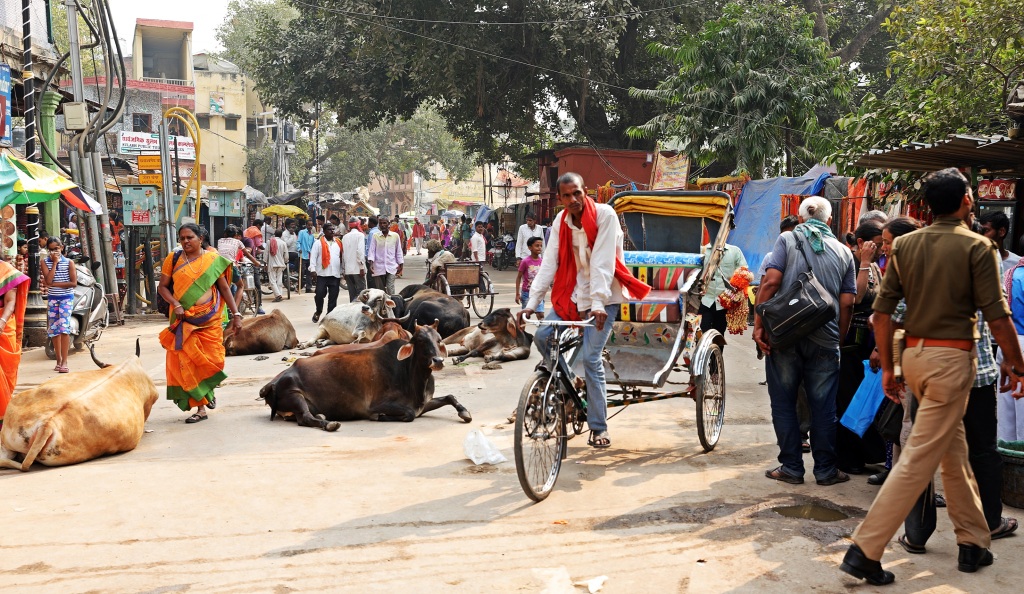
Street cows, Varanasi
Decorated trucks/buses
Even in the craziness of traffic, we loved the colourfully painted and decorated Goods Carrier trucks and buses.
Safety
One misconception we had of India before arriving was that the country was quite lawless. We were prepared for pick-pockets, hotel thieves and abductors. As it turns out, we never felt unsafe in India. In India, sales people chased after us with our forgotten change. Locals often stared, but it was out of curiosity and not at all malicious. We have felt much more unsafe traveling in South America. Even still, you should not draw attention to yourself. Do no flash money or jewelry and dress modestly.
Diverse cultures, people, religions
As we traveled through India we were amazed at the amount of different cultures. The 29 states are mostly divided by language and culture, but within each state there are also regional differences. In Himachal Pradesh, for example, each valley has its own language that is sometimes completely distinct from the neighboring valley. As well as varied cultures, there are many different religious beliefs across the country. The most common are Hindu, Islam, Sikh, Buddhism and Jain. Even with such diversity, tolerance for other beliefs is very high. Other than Kashmir, we didn’t experience violence or hatred toward other religions which is a pleasant surprise in today’s world.
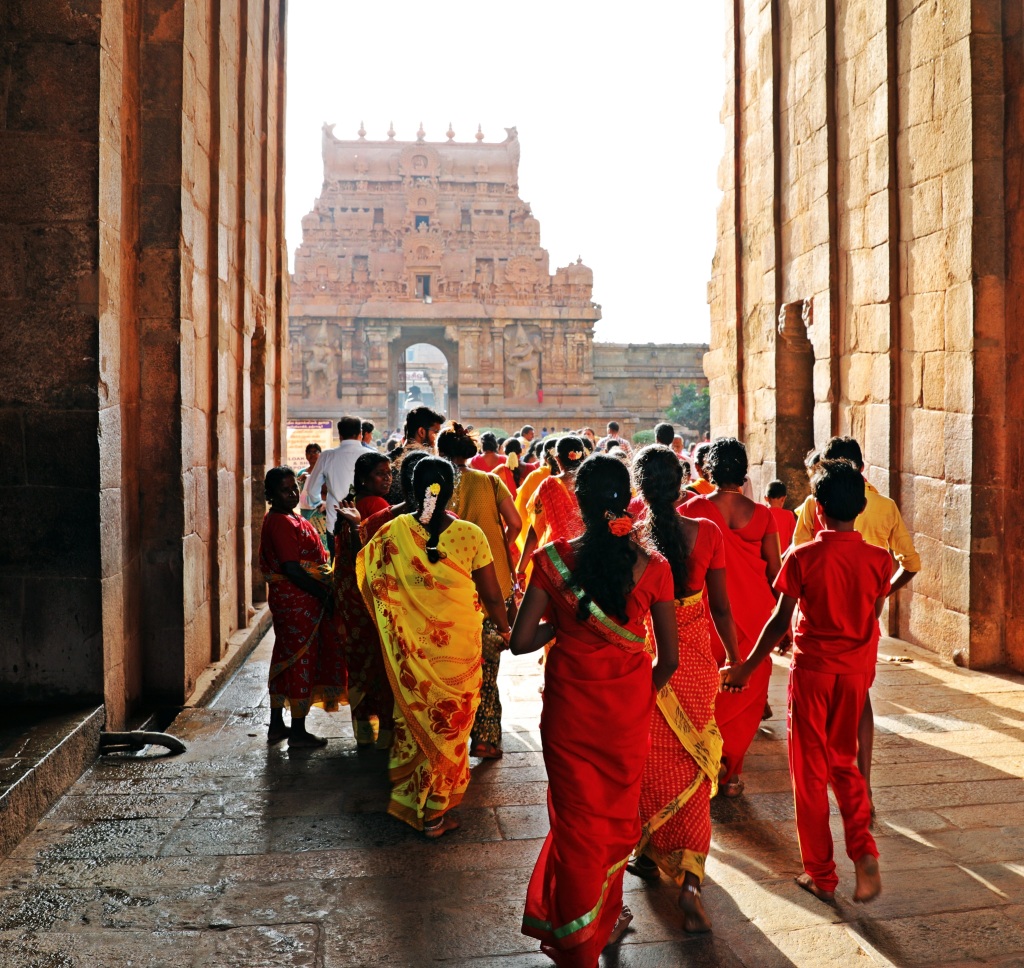
Entrance to Brihadishwara Temple, Thanjavur 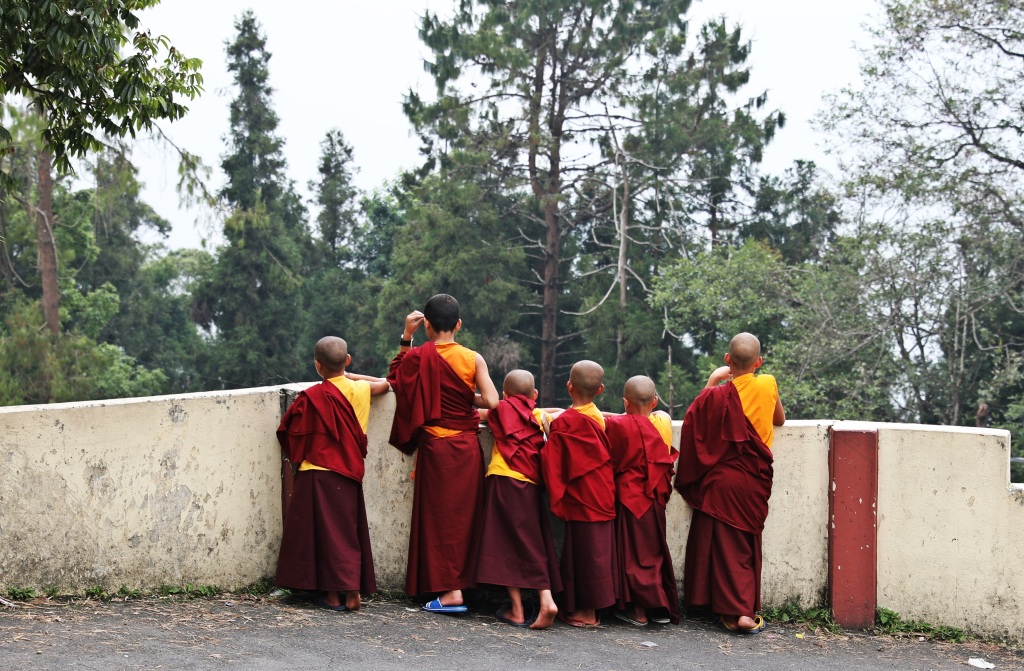
Novice monks, Tsuglagkhang Gompa 
Nandi statue and pundit, Chamundeshwari Temple, Mysore 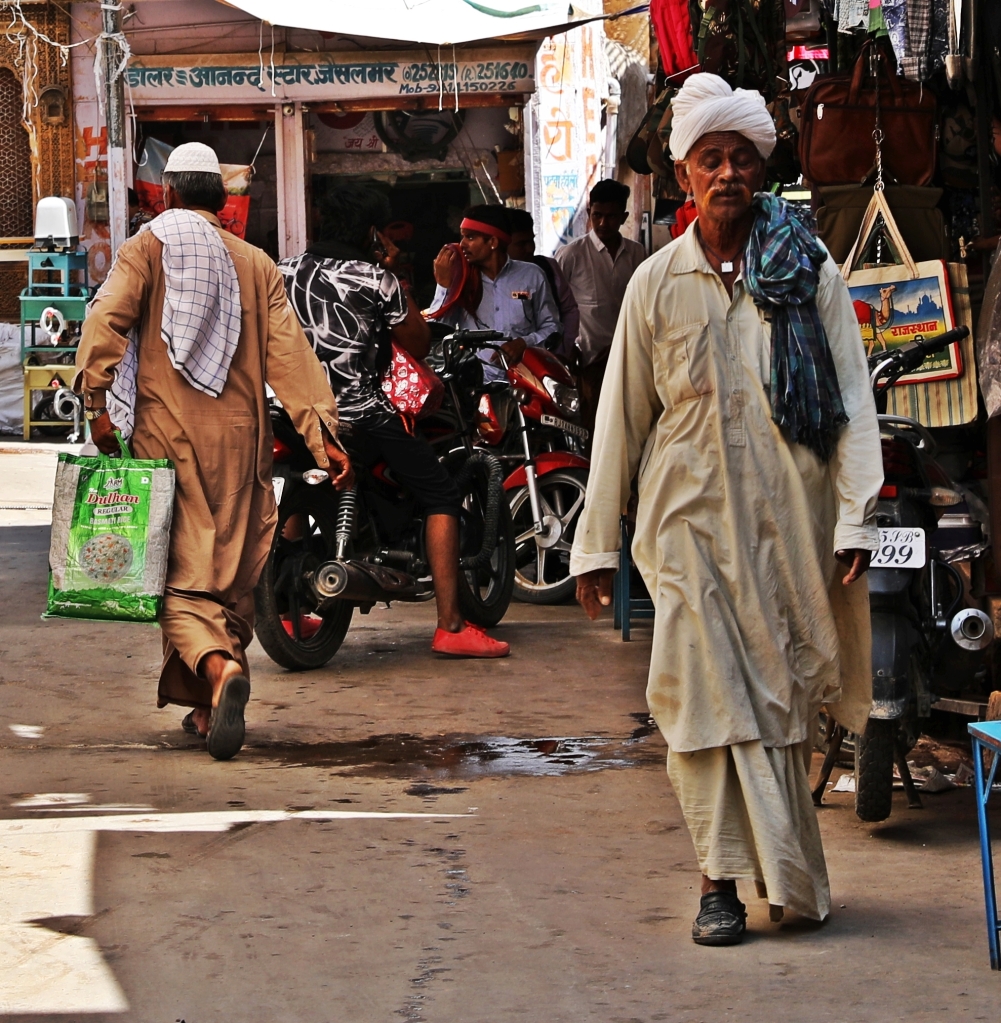
Rajasthani man, Jaisalmer 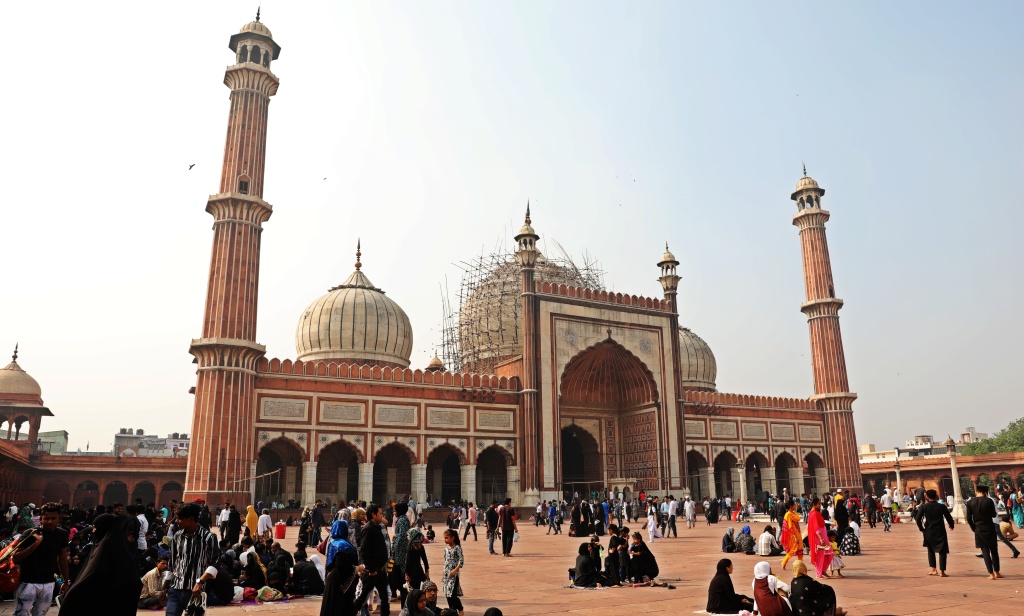
Jama Masjid, Delhi 
Chorten, Yuksom 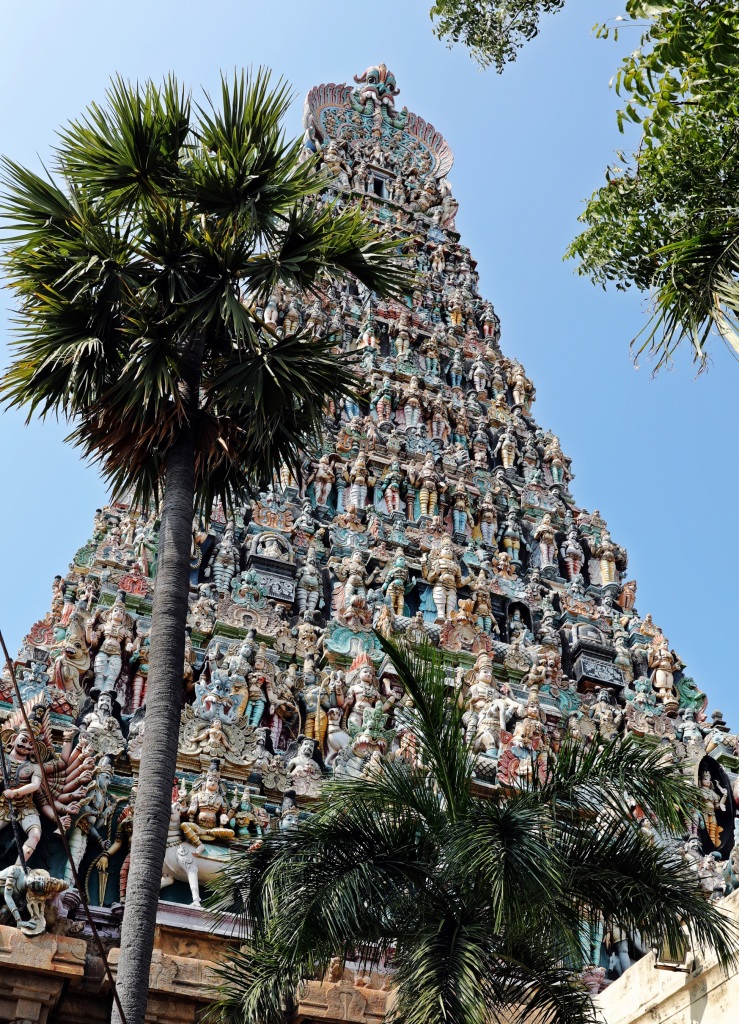
Gopuram, Meenakash Amman Temple, Madurai 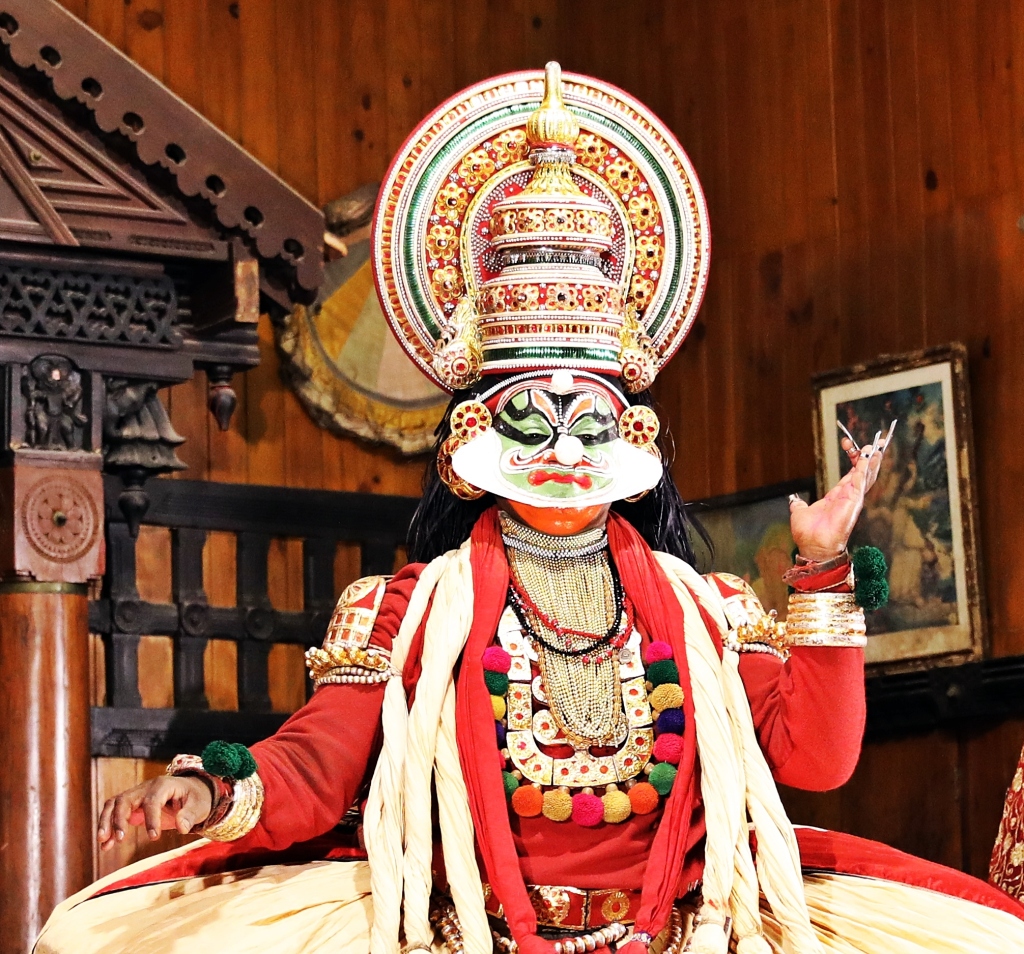
The evil Kichaka Kathakali play, Kochi 
Goat herder, Kadiapatti, Chettinadu 
Charminar and market street, Hyderabad 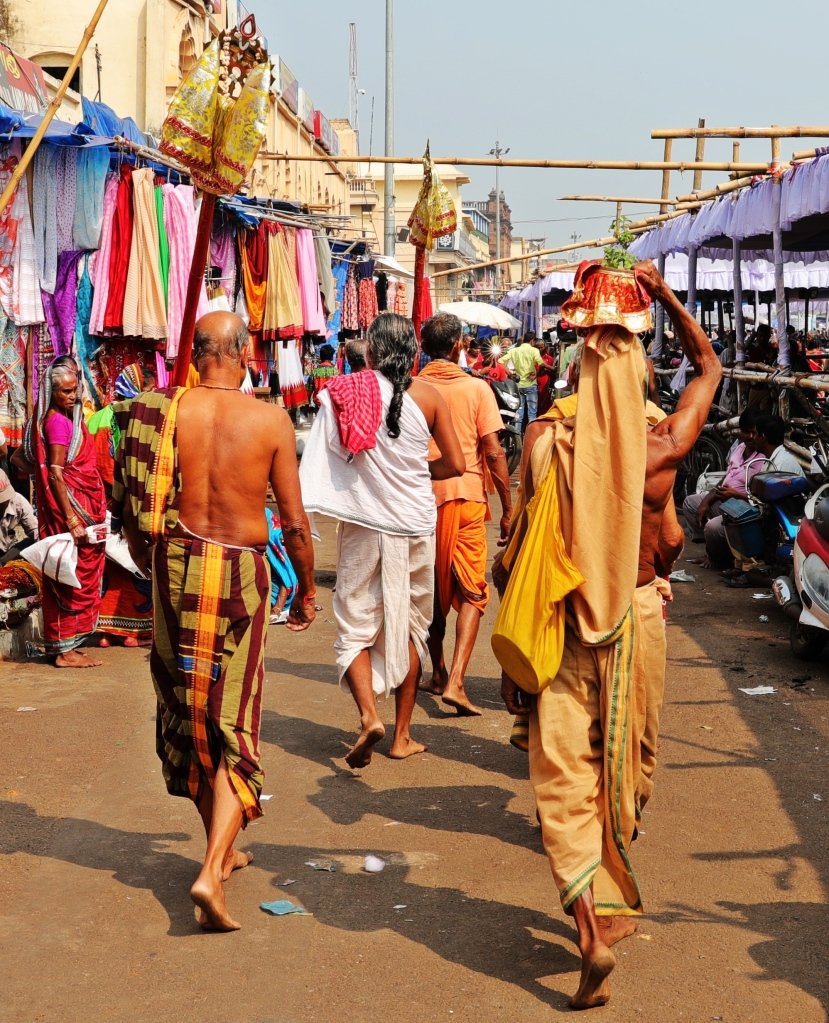
Men in traditional lungis and dhotis outside Jagannath Mandir, Puri 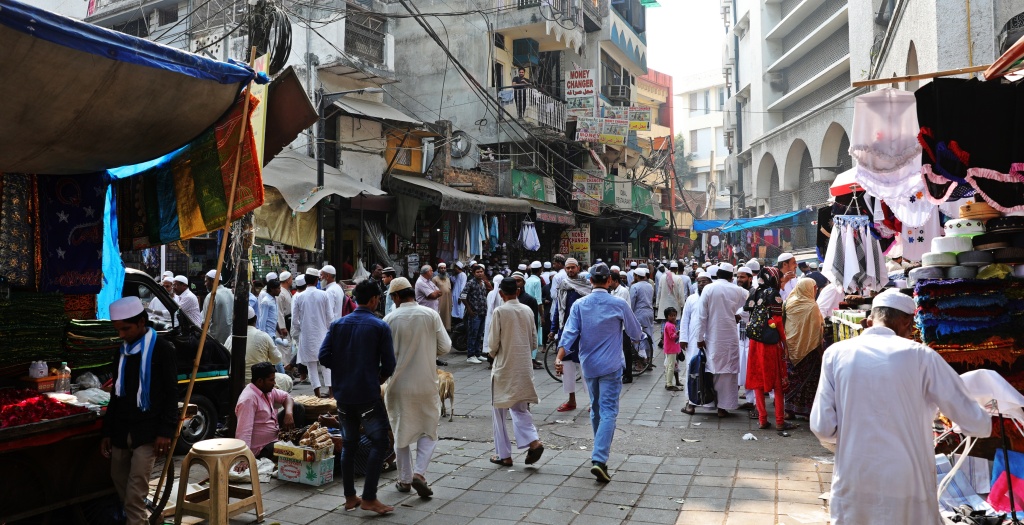
Muslim community near Lodi Gardens, Delhi 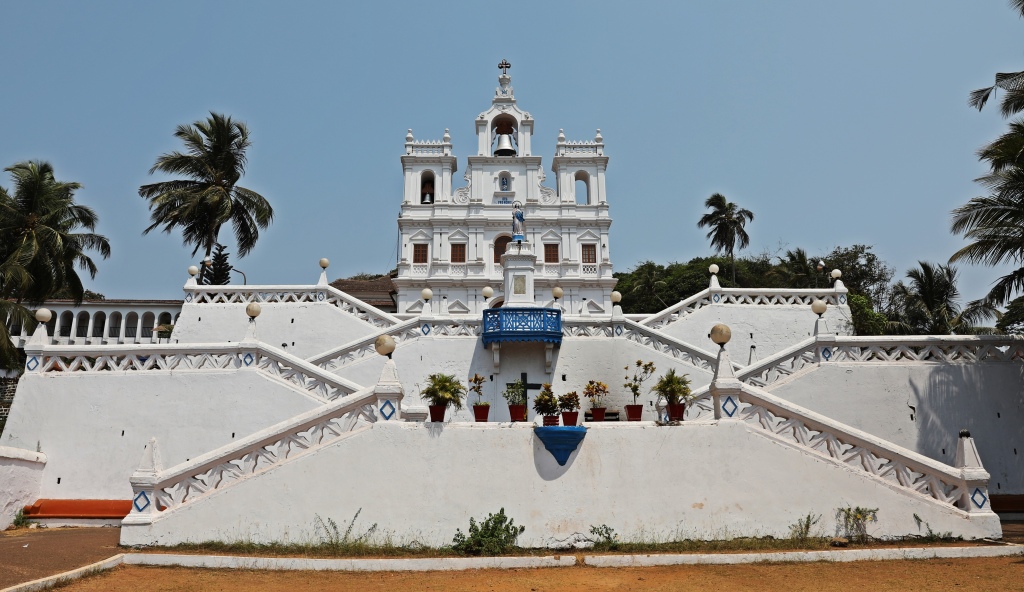
Church of Our Lady of Immaculate Conception, Panaji, Goa 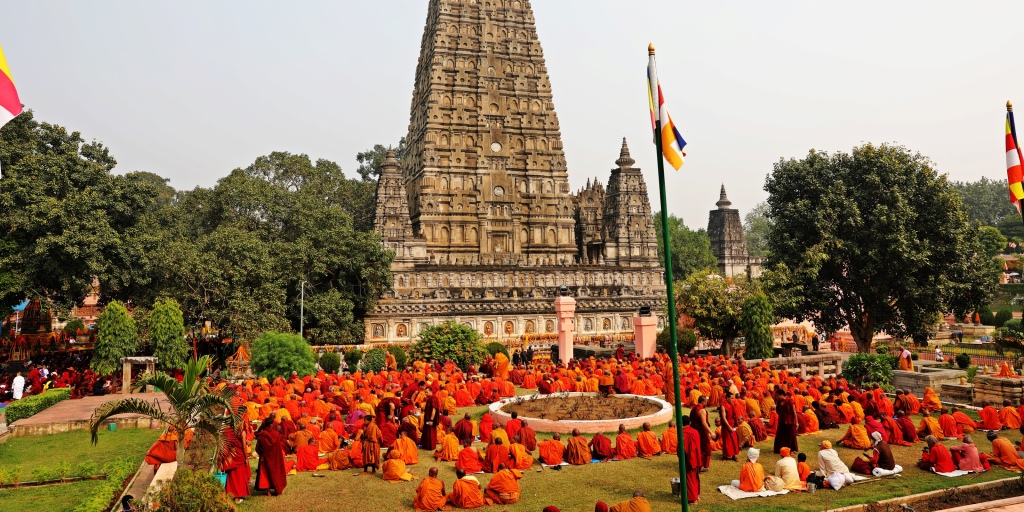
Mayabodhi Temple, Bodhgaya 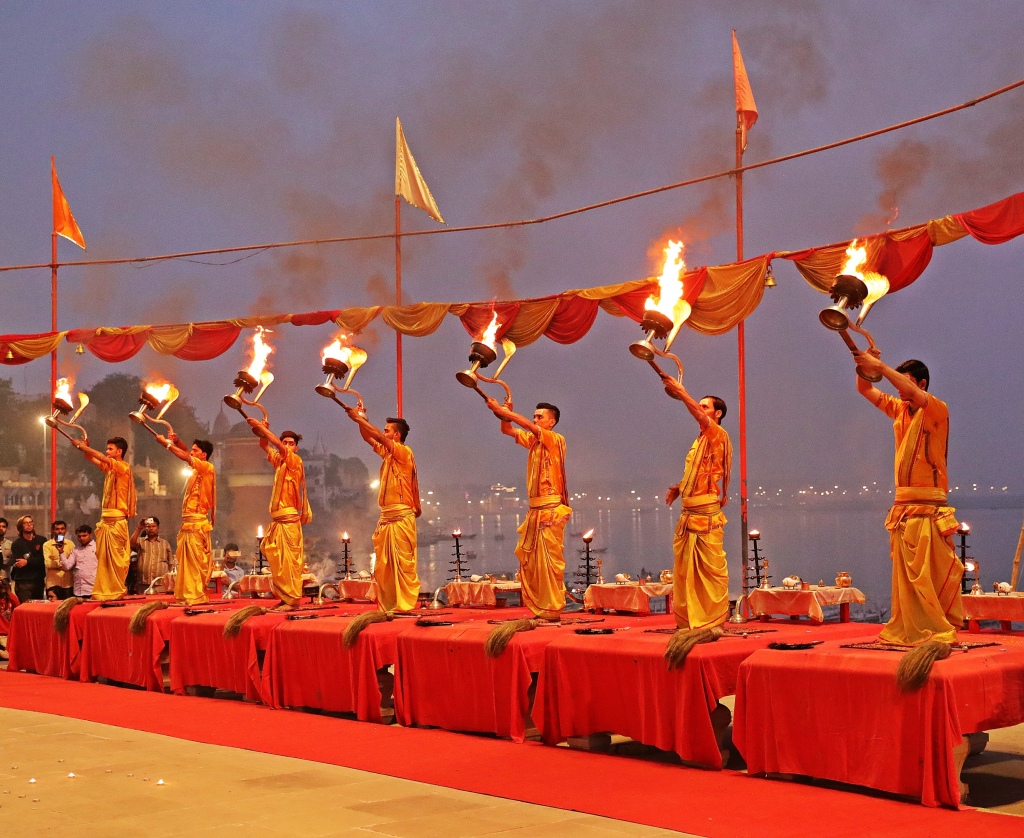
Pundits with fire lanterns, Ganga Aarti, Varanasi 
Jain priest greeting a devotee, Parasnath Hills 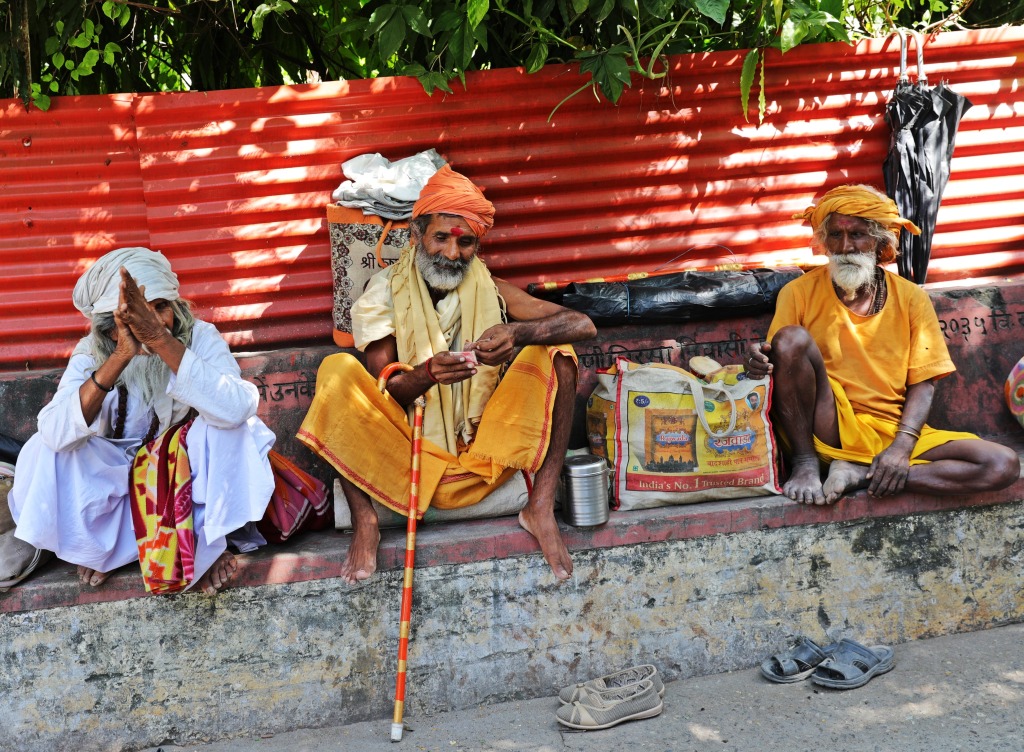
Sadhus, Rishikesh
Noise
It is loud everywhere. Car/auto-rickshaw horns honk constantly, Bollywood music and movies blare from high-power speakers on buses, touts yell, people talk loudly with each other. It’s a noisy country and they’re probably all half-deaf.
Incredible landscapes
From high mountains to tea plantation from deserts to ocean beaches, there are many different landscapes to explore. The Indian Himalayas are as diverse as the country. With arid mountains, green foothills and snow-capped peaks there are many gorgeous mountain landscapes. Hiking trails are still quite untouched, although Indian millennials are starting to take up this activity, so the mountains are likely to get busier.
Tea plantations are found in the north, the south and everywhere in between. Offering a respite from the heat, hill stations are a favourite tourist spot for Indians. The golden, hilly sand dunes in the deserts of Rajasthan are breathtaking. Equally impressive are the calm, backwaters that cover much of Kerala. Both have unique beauty that draws many foreign travelers.
Goa’s beaches are popular with foreign tourists, and for good reason. The sand is fine, the waters are warm and the ocean views are spectacular. The Andaman Islands have both idyllic beaches and world class dive sites. The laid back culture of the island life makes you feel like you’ve traveled to the Caribbean.

Coconut Grove near Palolem Beach,Goa 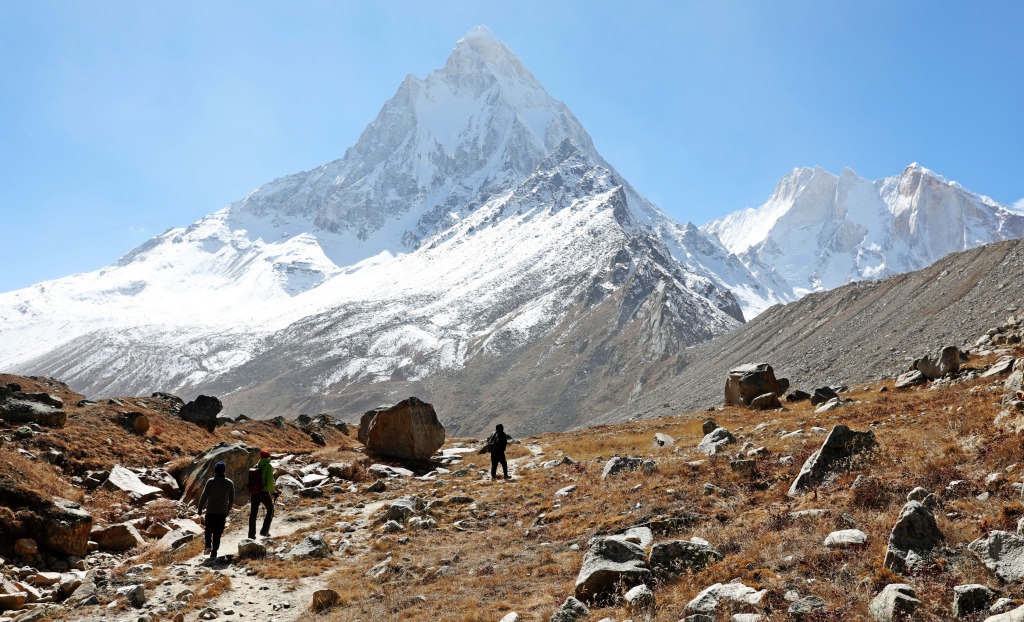
View from Tapovan of Shivling with Meru North behind 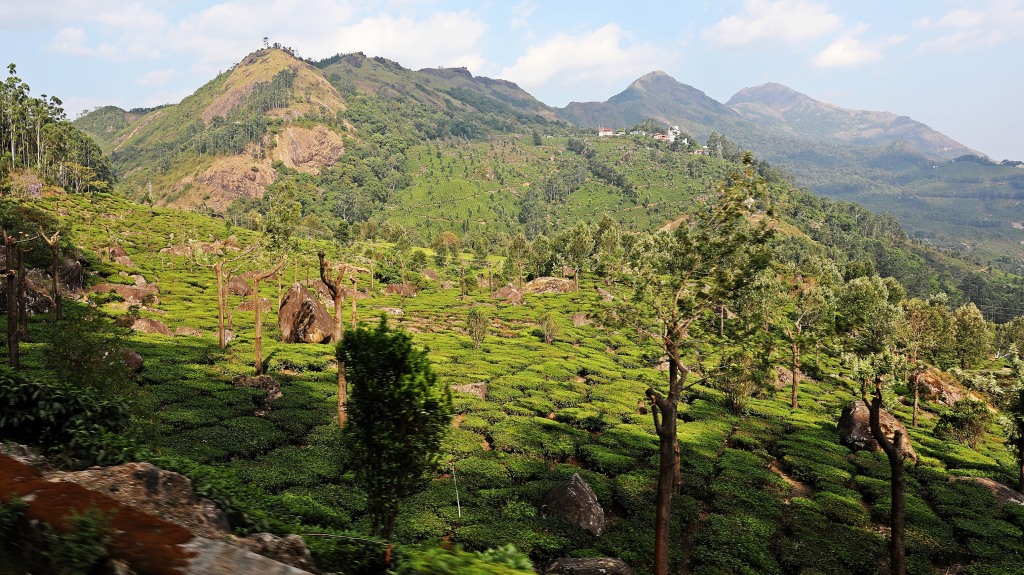
Tea Plantations and the Western Ghats, Munnar 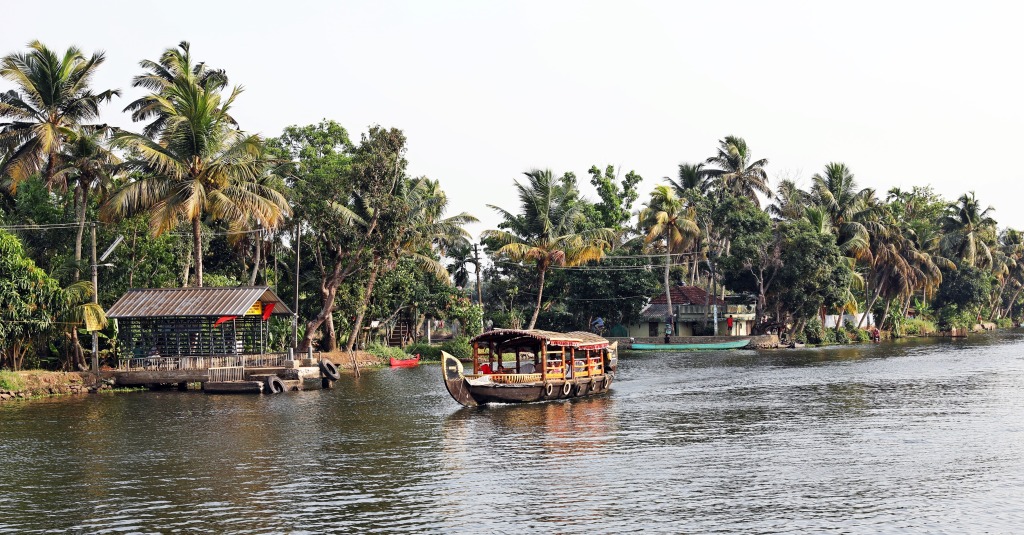
Shikara, Kerala backwaters 
Nudibranch, Andaman Islands 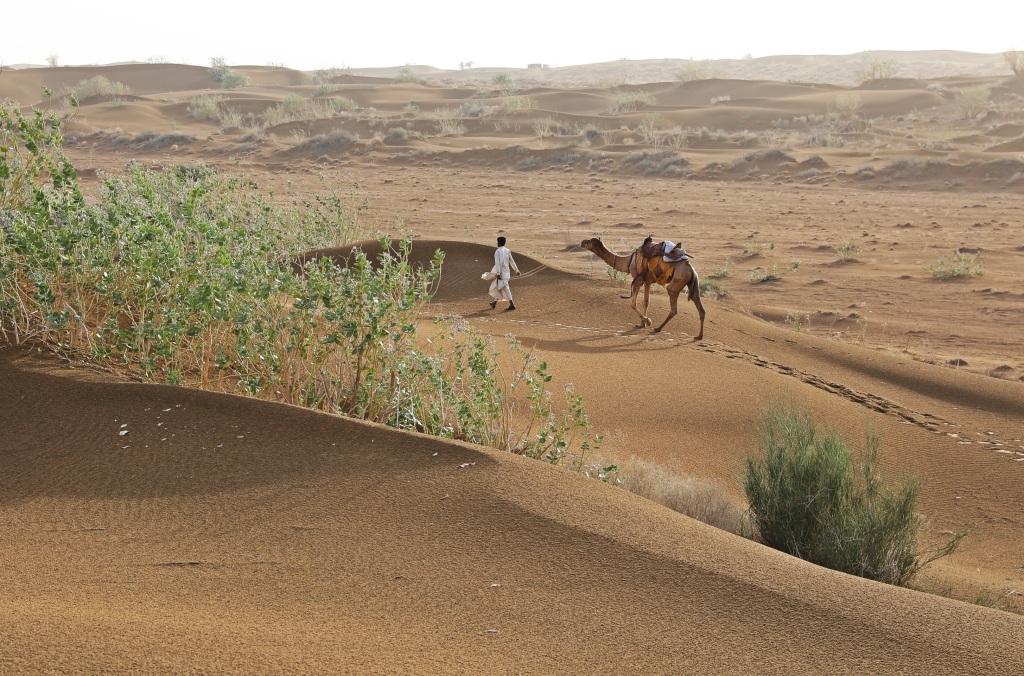
Camel herder, Thar Desert 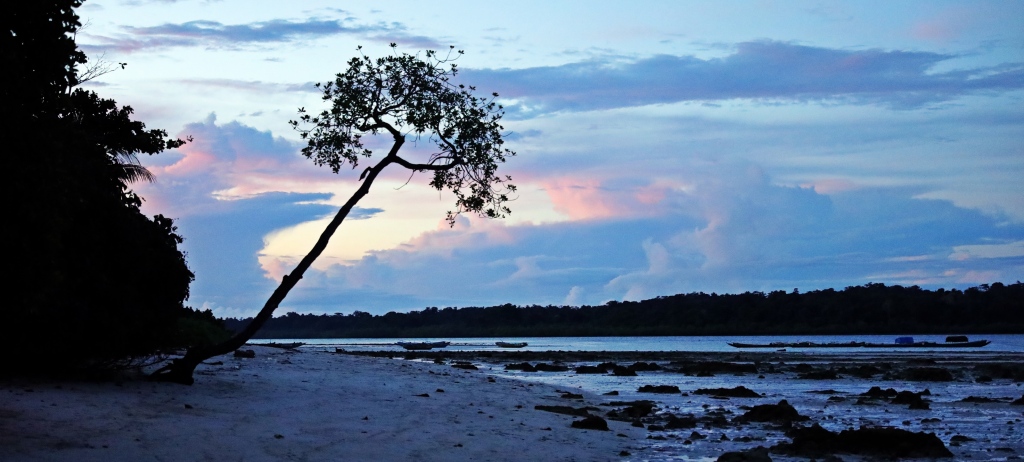
Sunset, Havelock Island 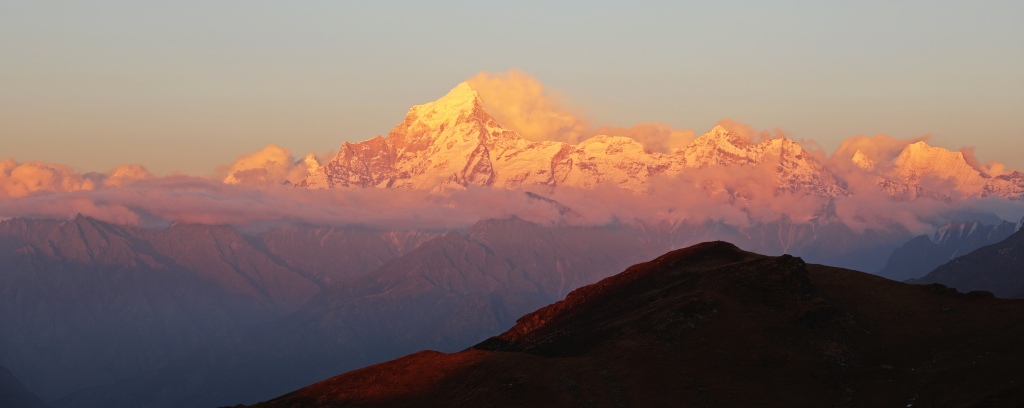
Sunset Alpenglow on Nanda Devi from Kuari Pass 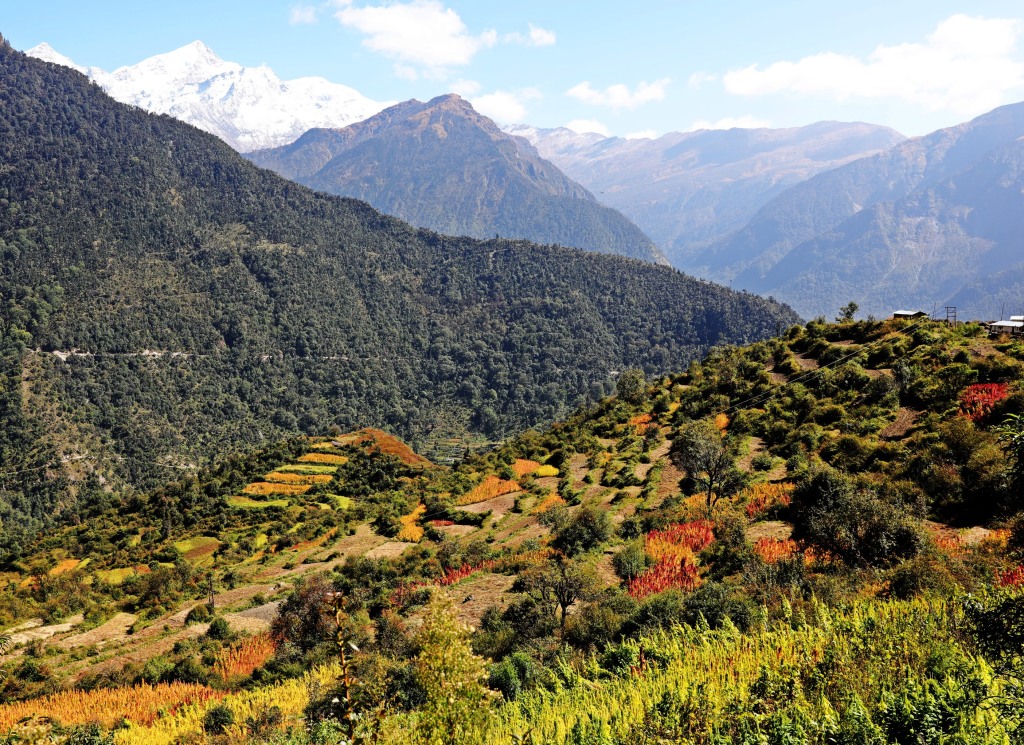
Amaranth terraces with the Nanda Devi Range behind 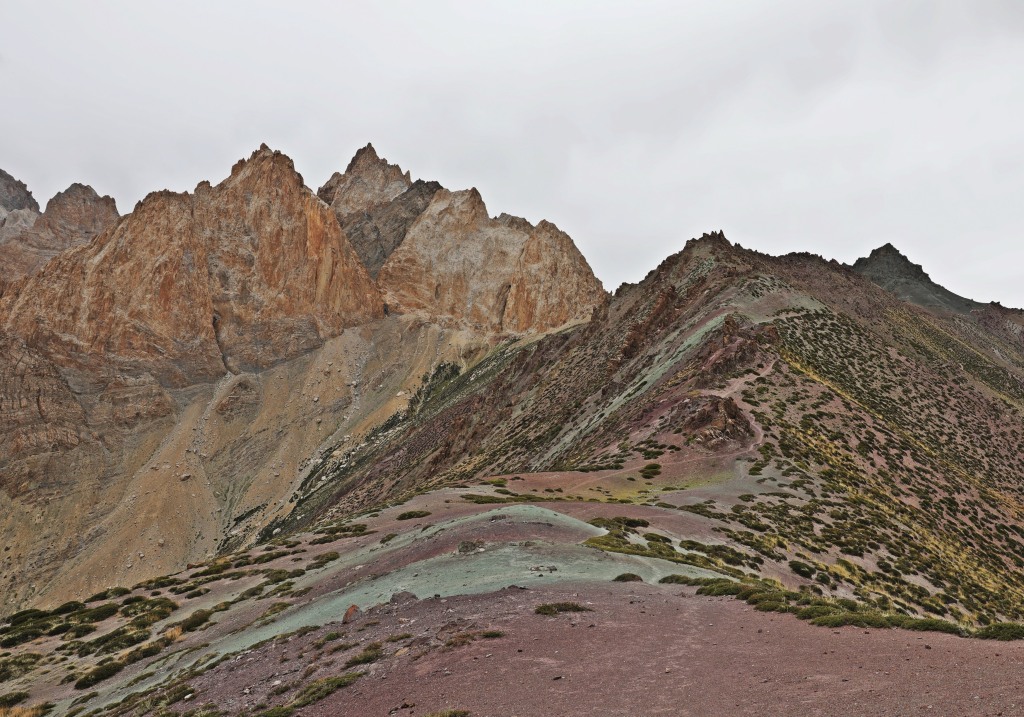
Colourful ridge before Dung Dung La 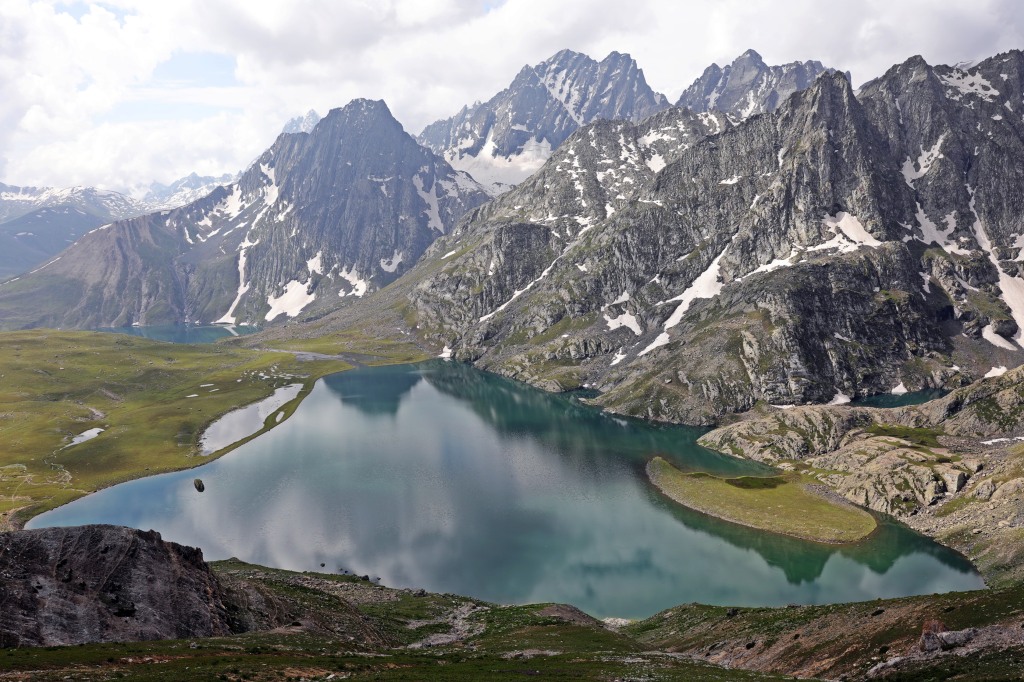
Vishansar and Krishnasar Lakes from below Gadsar Pass, Great Lakes Trek
The Indian head wobble
This commonly used non-verbal communication is confusing. The lateral nod appears to westerners as ‘I don’t know’ or ‘maybe’, but really means ‘yes’, ‘okay’ or ‘I understand’. We were often confused when asking someone directions. We would say “Bus stand?’ and point to where we think it is. Their response is a head wobble. Even knowing its meaning, we would hesitate before realizing that the head wobble means ‘yes’.

Indian Head Wobble
Bromance is alive and well
Public displays of affection are not tolerated between romantic couples, however, best friends (especially males) will often walk arm in arm or hold hands. The odd part is that they have a very affectionate touch with their same sex friends, but that same affection can’t be shown by romantic couples.
Lining up
Being from Canada, we’re used to people lining up and patiently waiting their turn. In India, there’s no such thing. People crowd up to a ticket or shop counter and onto buses and trains, butting in to be next. Our personal-space bubbles were tested constantly.
Architecture
One of the unexpected finds in India was the vast amount of interesting, historical architecture. Like everyone we had heard of the Taj Mahal and the forts of Rajasthan, but there is so much more. Nearly every state has interesting sites that are unique to their history.
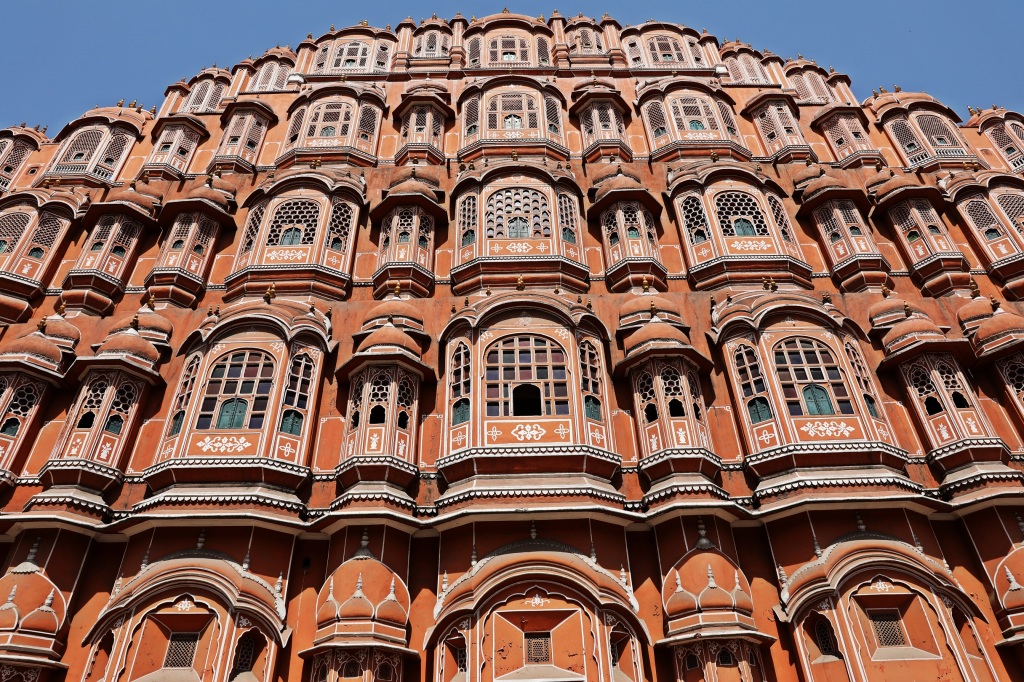
Hawa Mahal, Jaipur 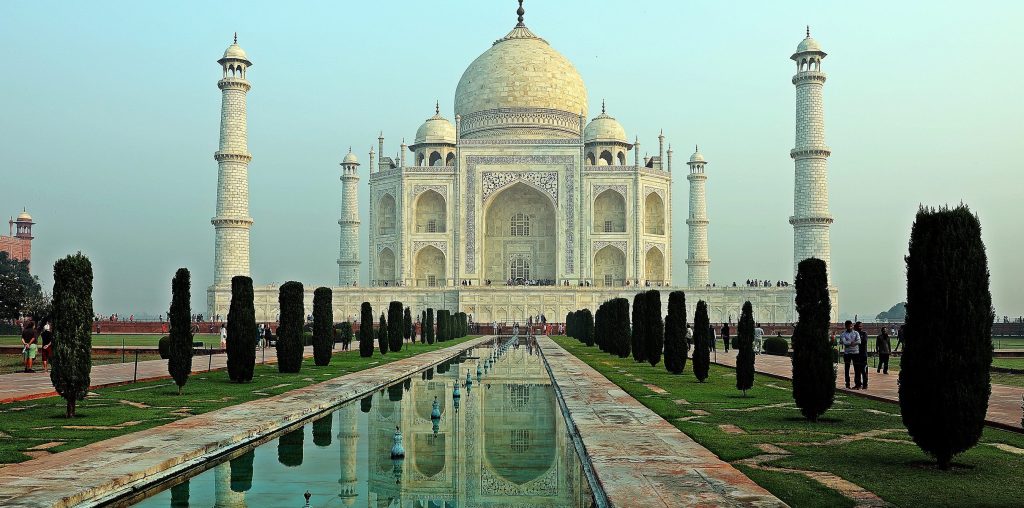
Taj Mahal 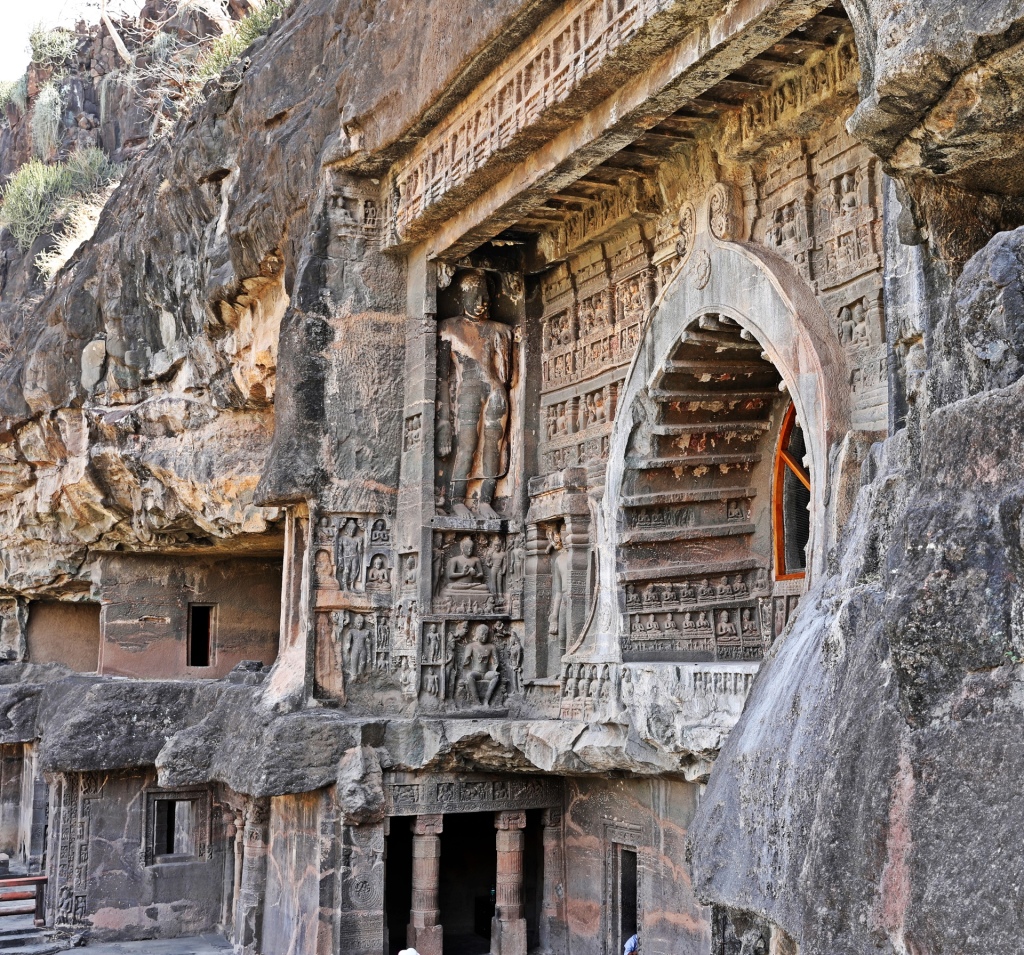
Buddhist rock-cut temple facade, Ajanta 
Portuguese architecture, Panaji, Goa 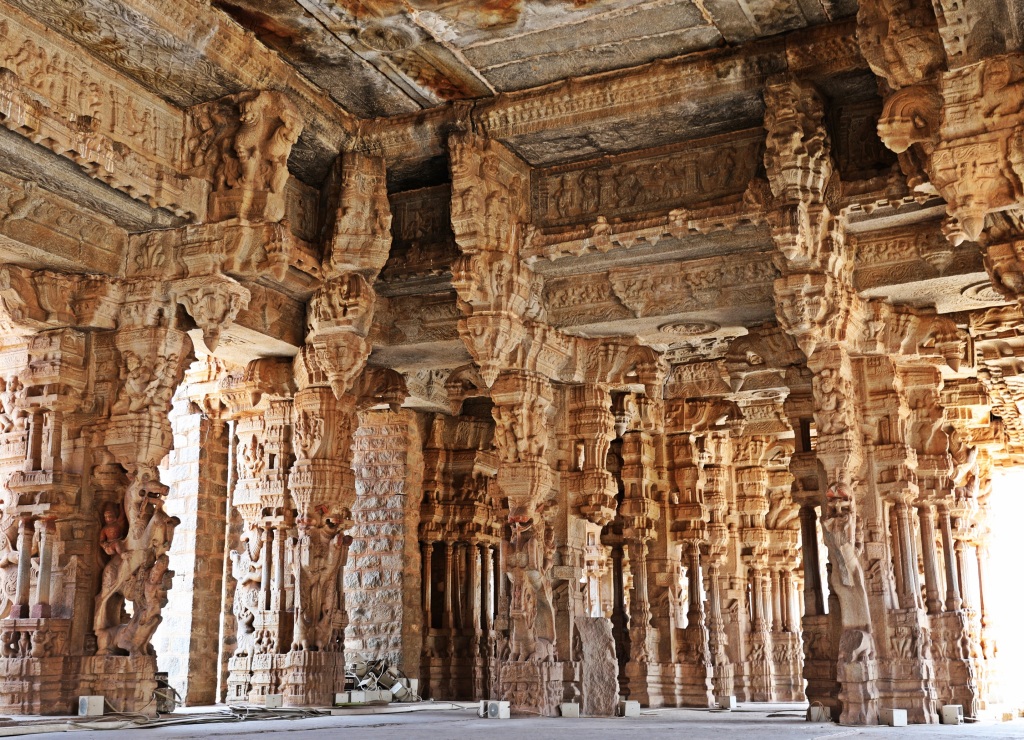
Extravagant pillars of Vittala Temple, Hampi 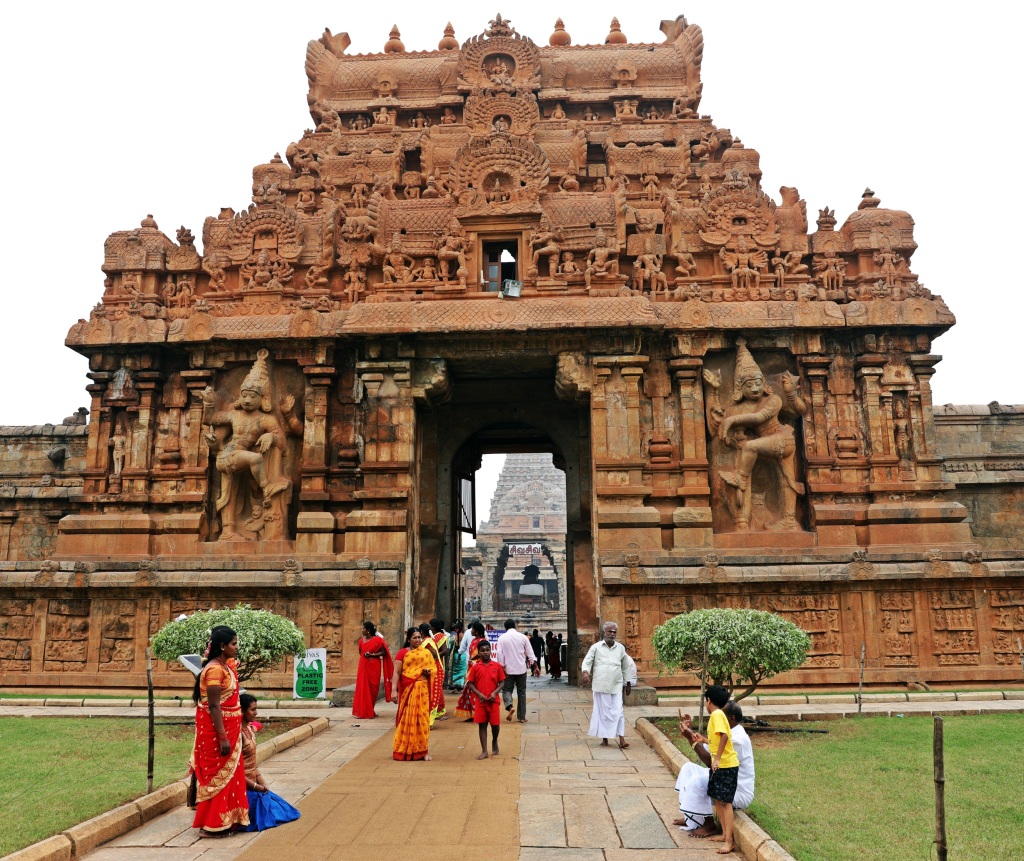
Gopuram, Brihadishwara Temple Complex 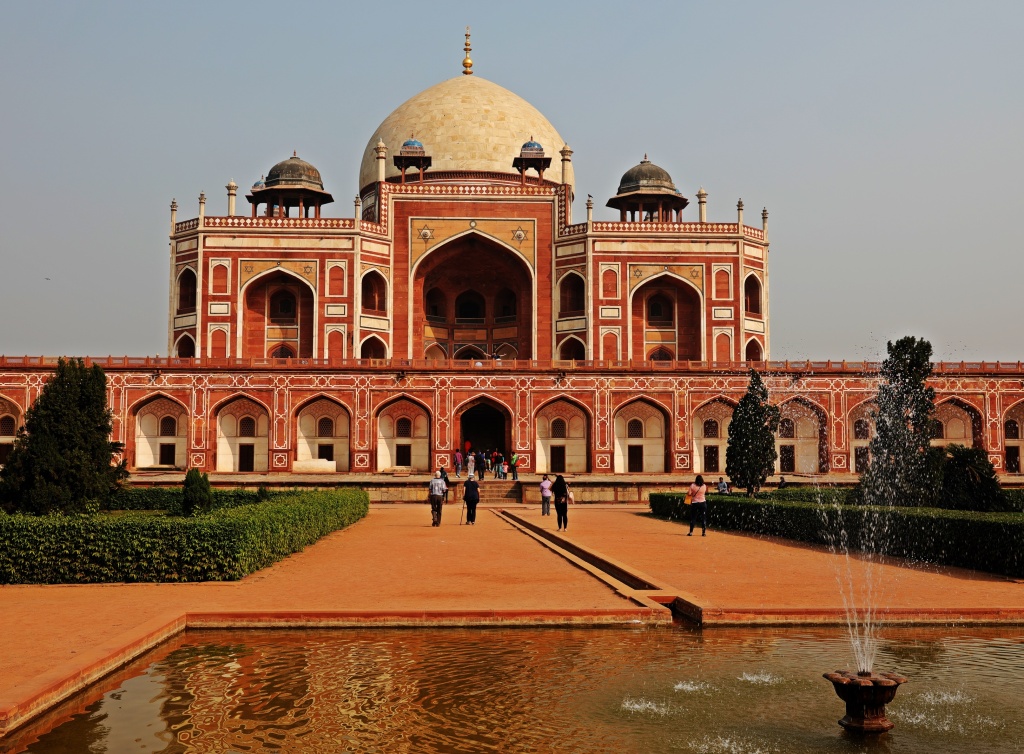
Humayun’s Tomb, Delhi 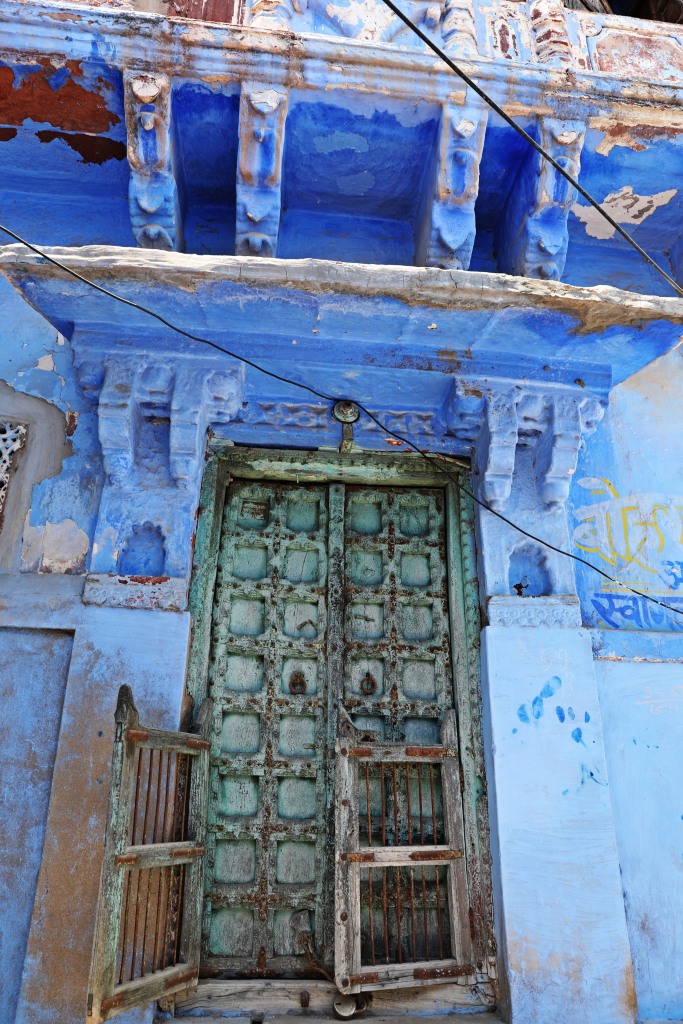
Door in Blue city, Jodhpur 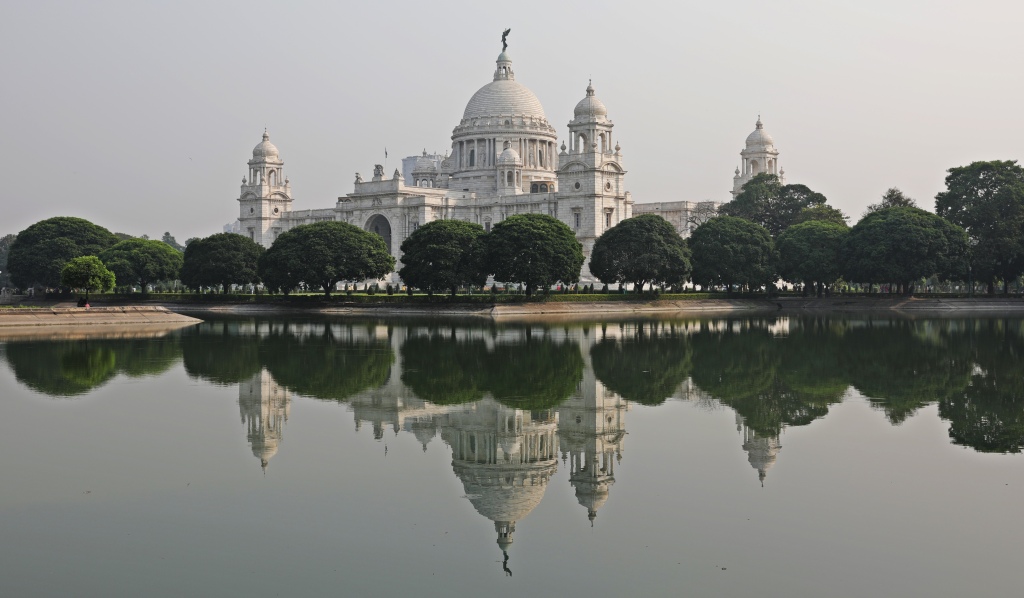
Victoria Memorial, Kolkata 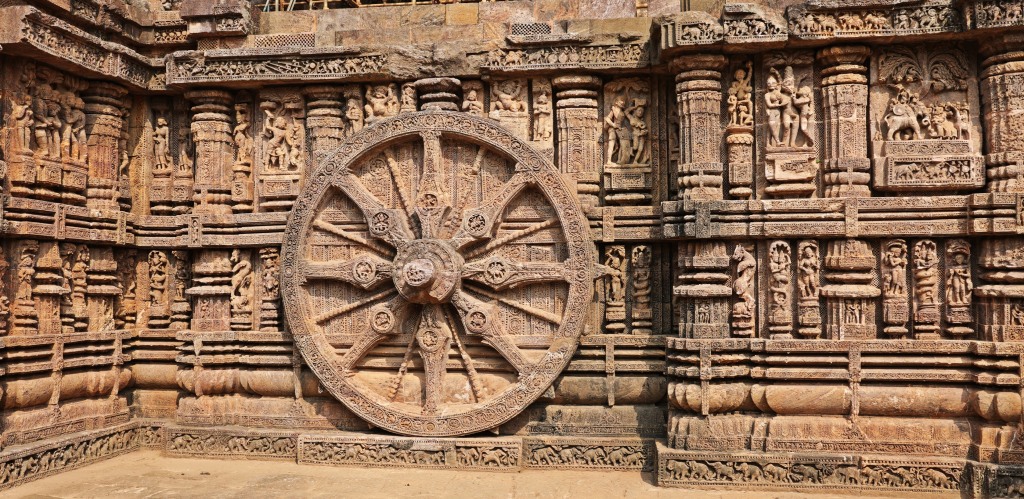
Wheel, Sun Temple, Konark 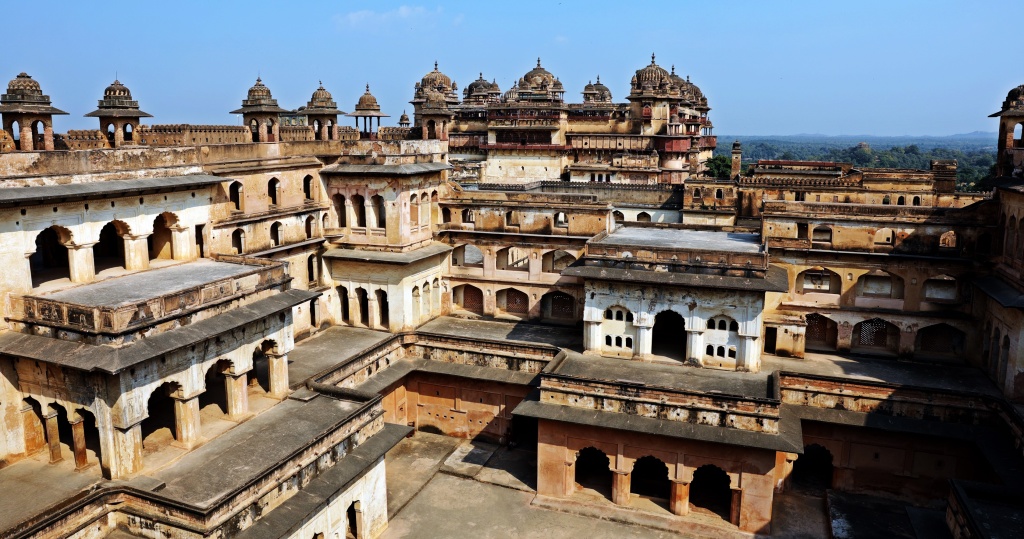
Terraces of Jehangir Mahal, Orchha 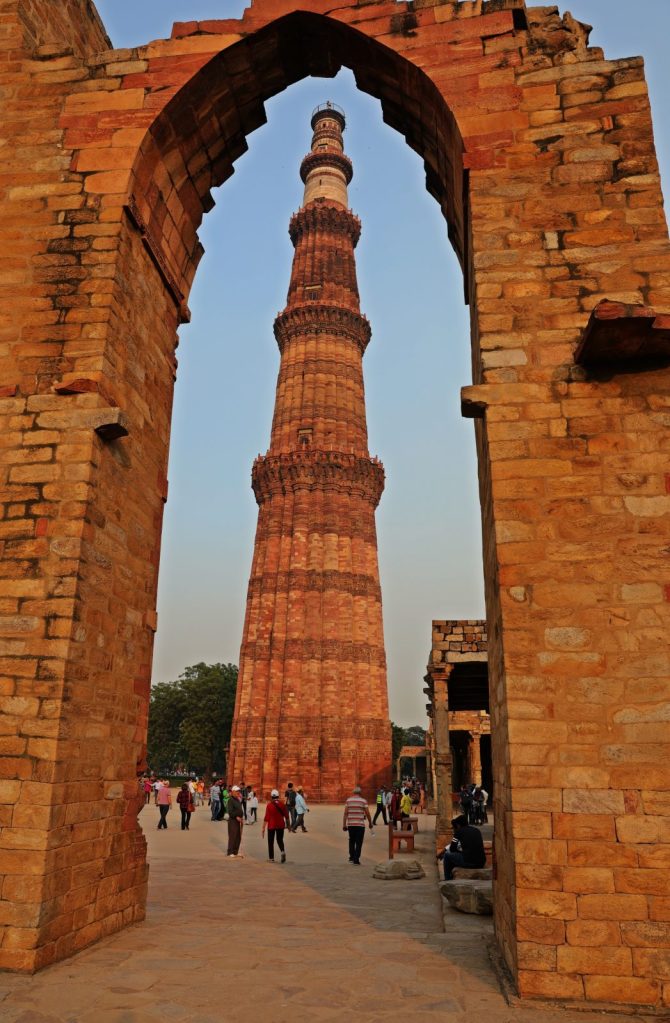
Qutab Minar, Delhi 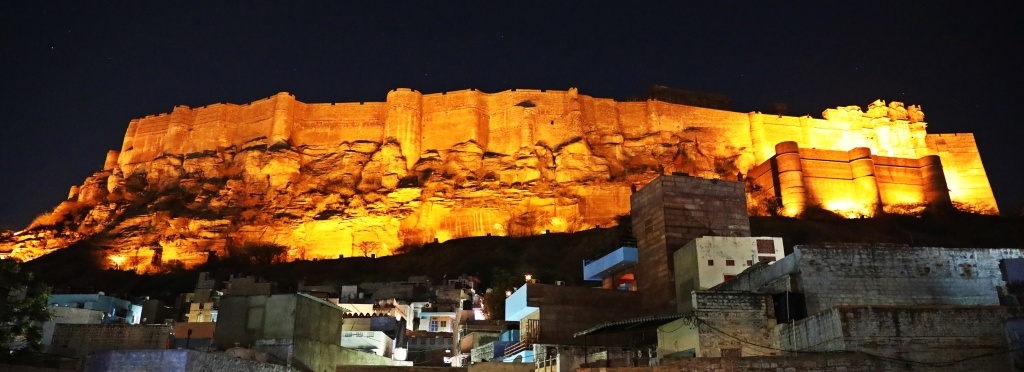
View of Mehrangarh Fort from our hotel, Jodhpur 
Golkonda Fort, Hyderabad
Jewlery and Make-up
Indian women wear a lot of gold jewelry such as earrings, nose-rings, bangles and necklaces. What is strange though, is that they put makeup and jewelry on their infants and toddlers. Until you get used to it, the babies look possessed with a full smear of eyeliner!
Street animals
In almost every city and town, the amount and condition of street cows, dogs and even pigs is deplorable. The animals are thin and mangy. In addition, there is pee and poop everywhere and no-one cleans it up. Dogs sleep all day in the middle of the street and sidewalks, and howl all night long. Cows spread out on streets and sidewalks. Some street bulls are aggressive too, probably because they have upset stomachs from eating street food! We saw many cows limping or severely injured and lying in the middle of the street. It’s difficult to understand why it is better to let this holy animal suffer, but you would be put in jail or stoned if you tried to euthanize them.
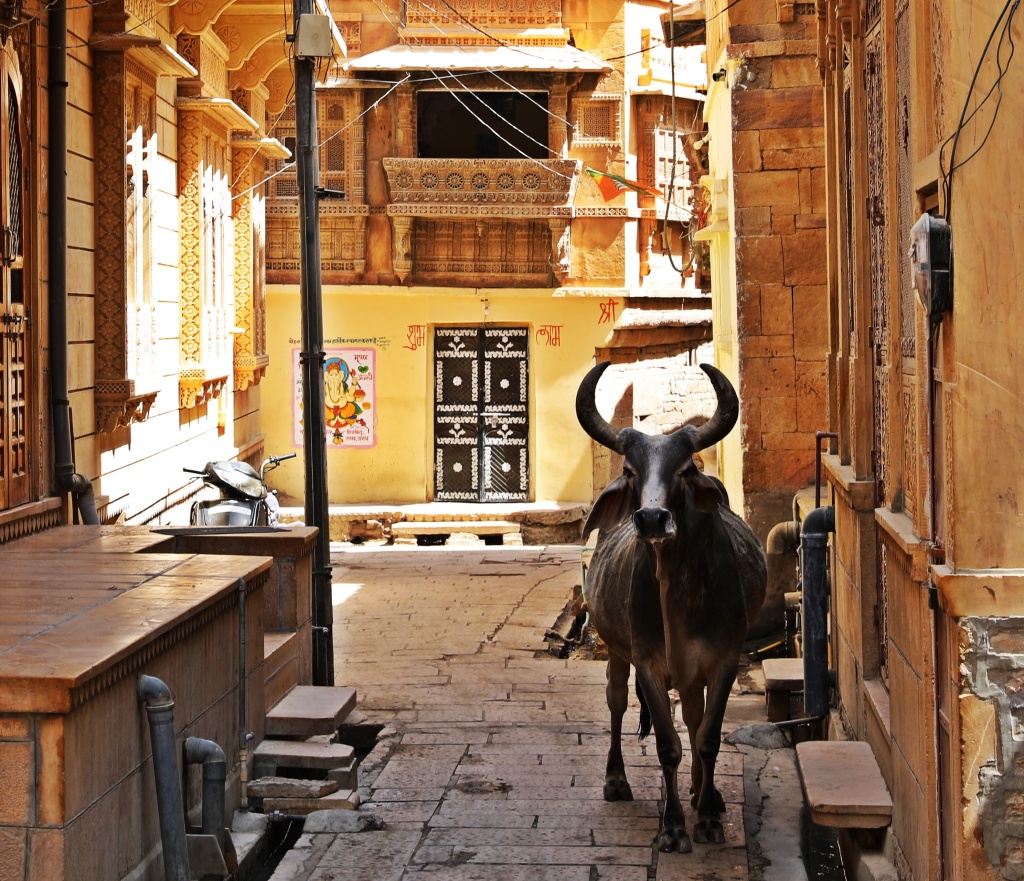
Street cow, Jaisalmer 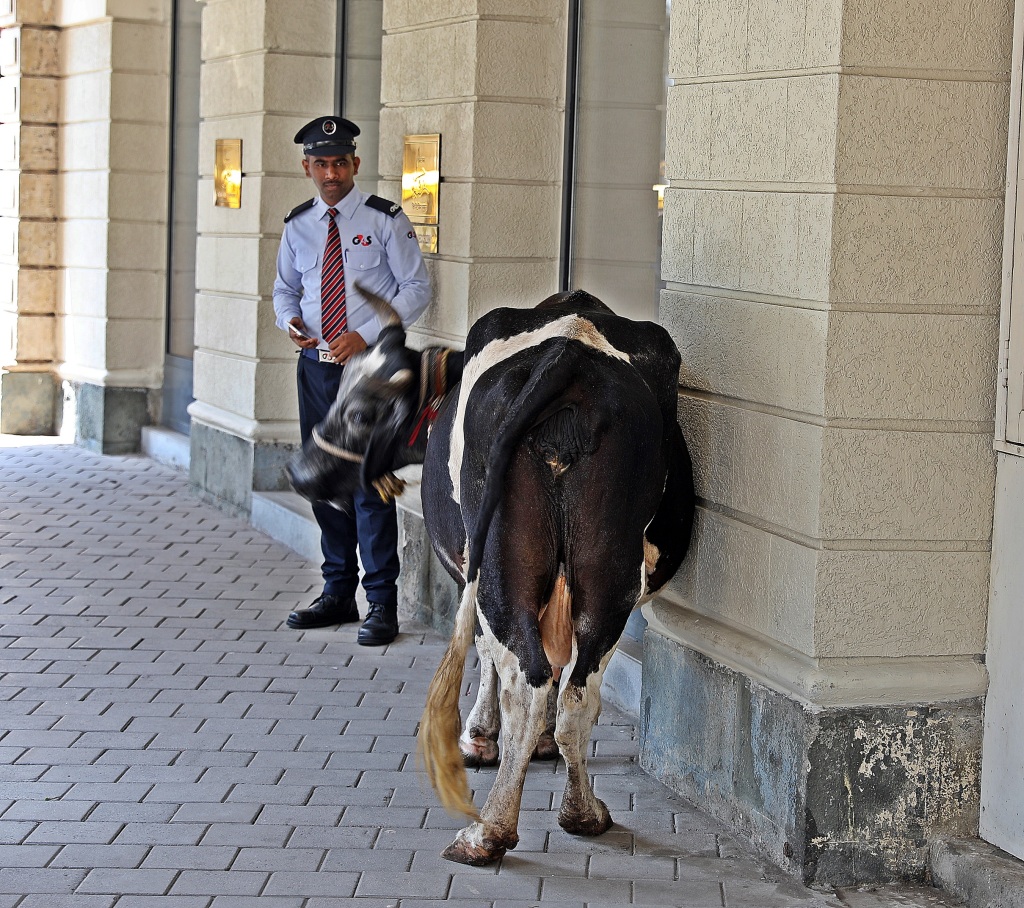
Bull outside Christian Louboutin shoe store, Mumbai 
Streets of Mumbai 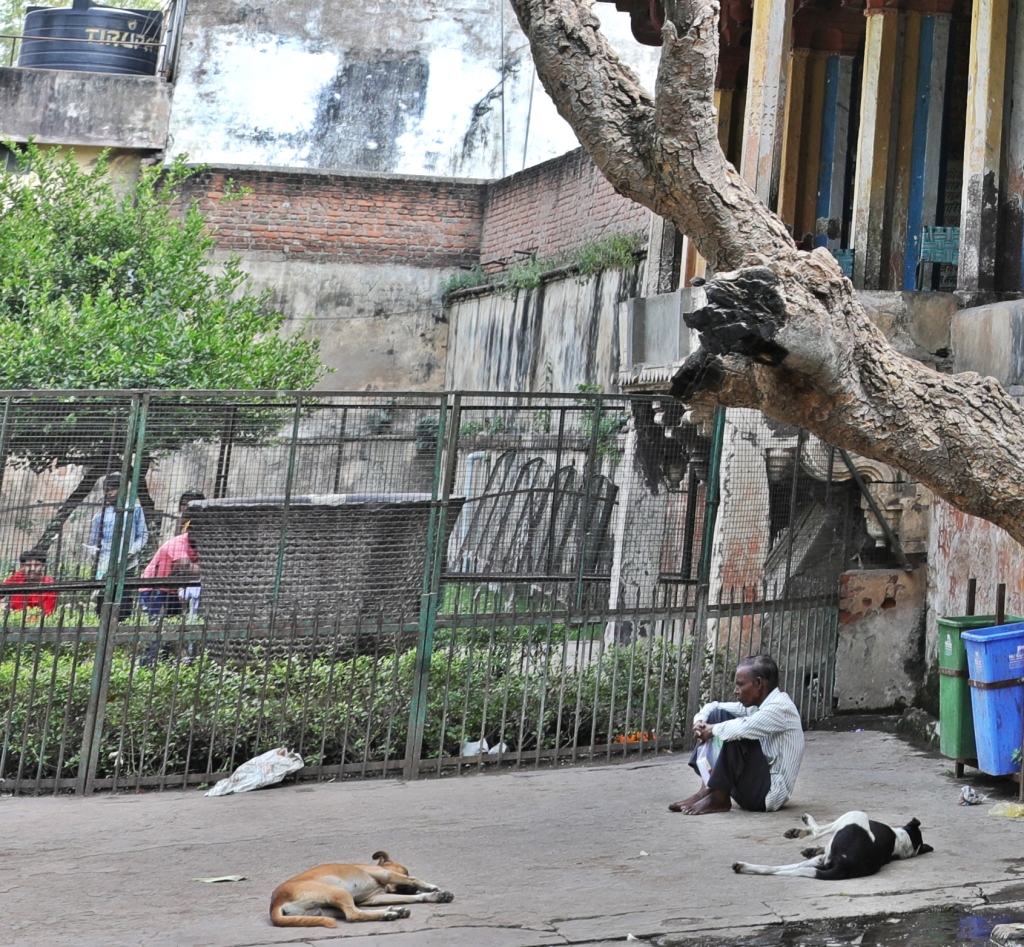
Street dogs 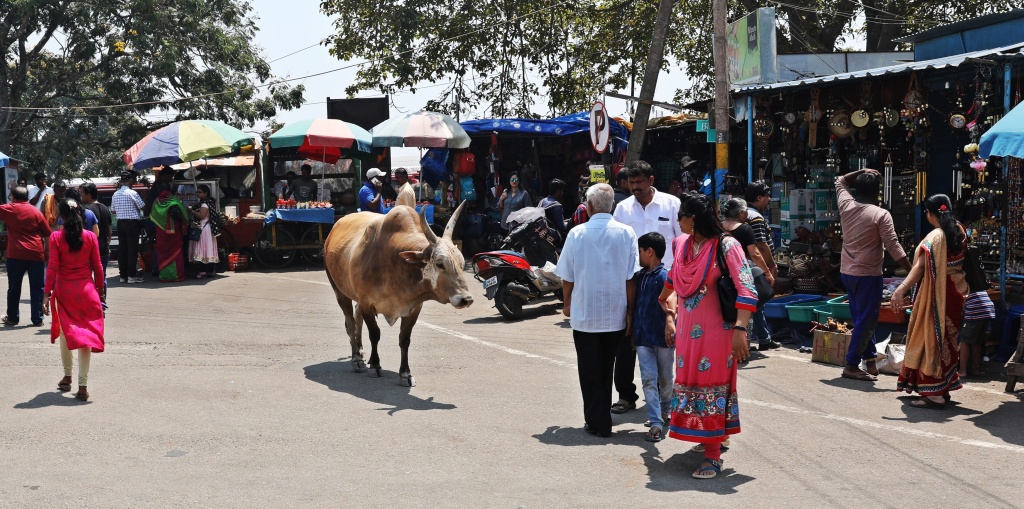
Bull outside Chamundeshwari Temple, Mysore 
Gopuram and a cow, Sri Ranganathaswamy Temple, Trichy 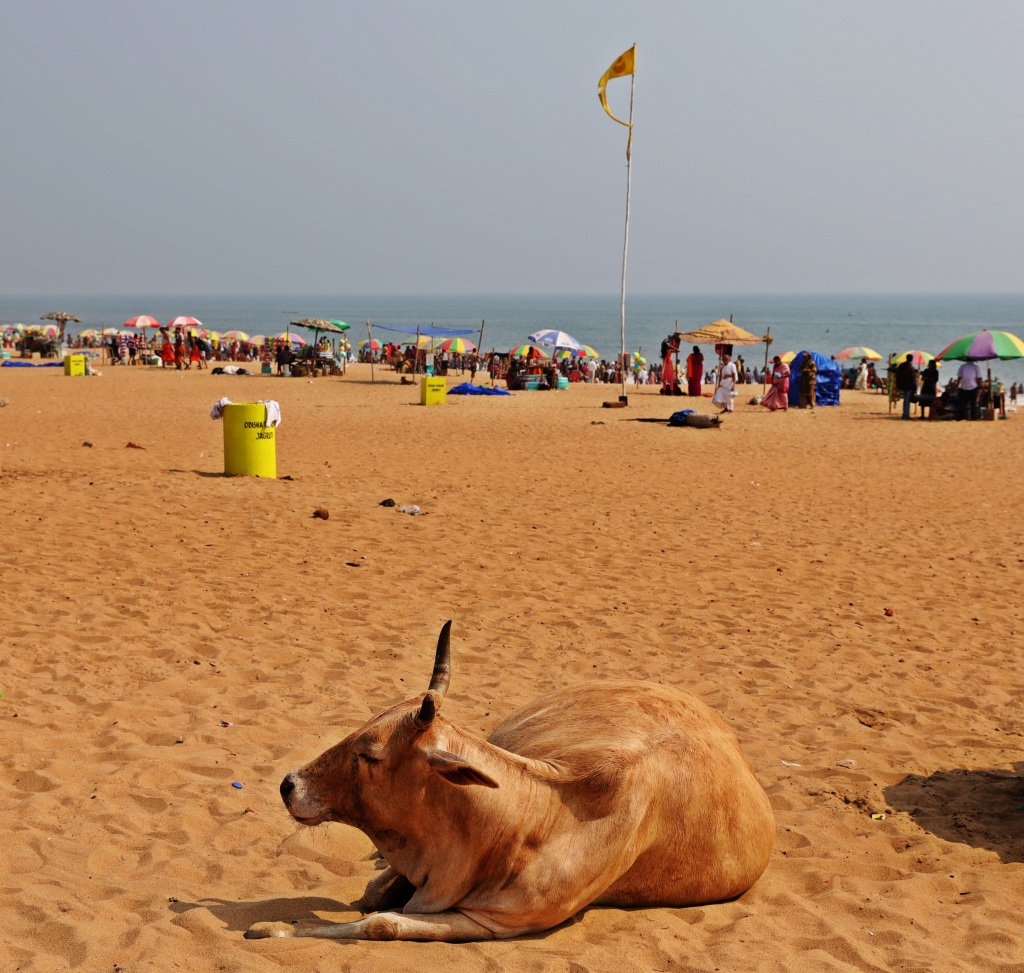
Model beach, Puri 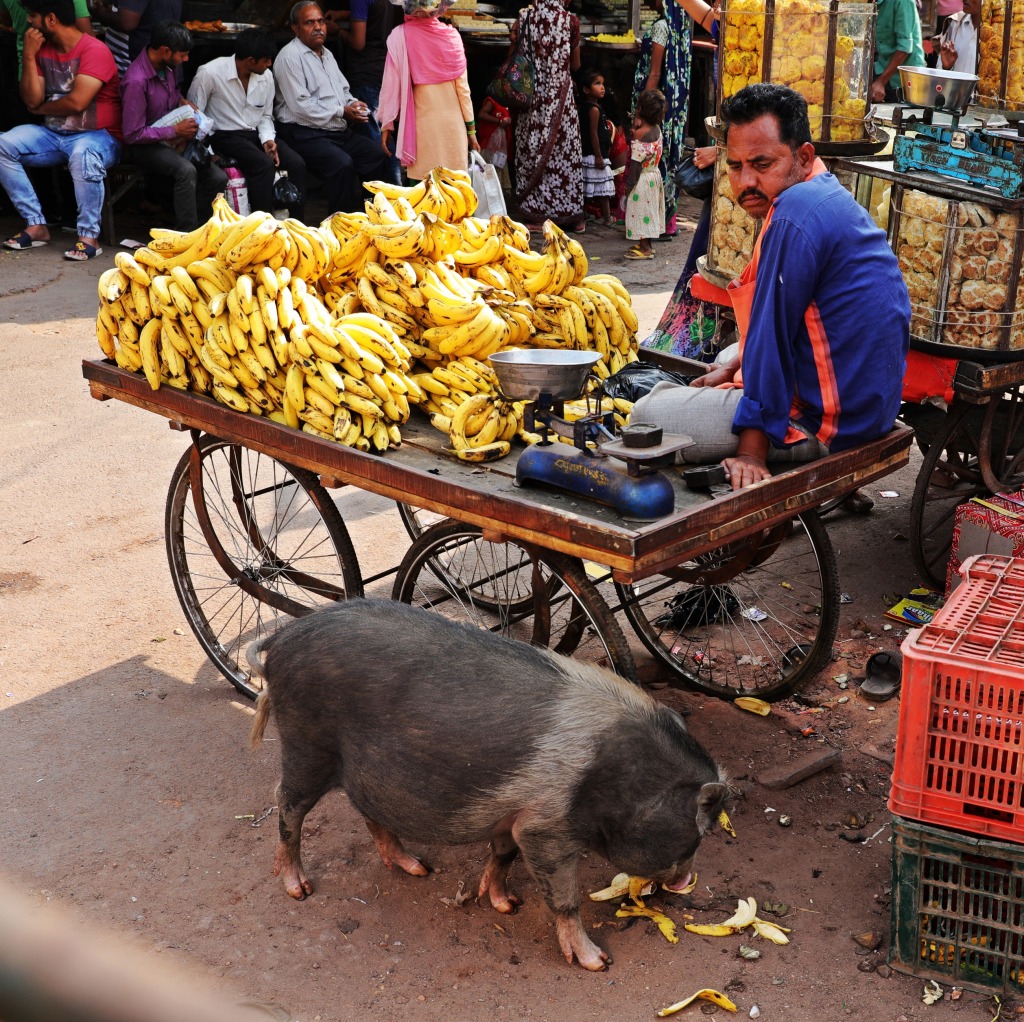
Street pig getting his banana fix, Fatehpur Sikri 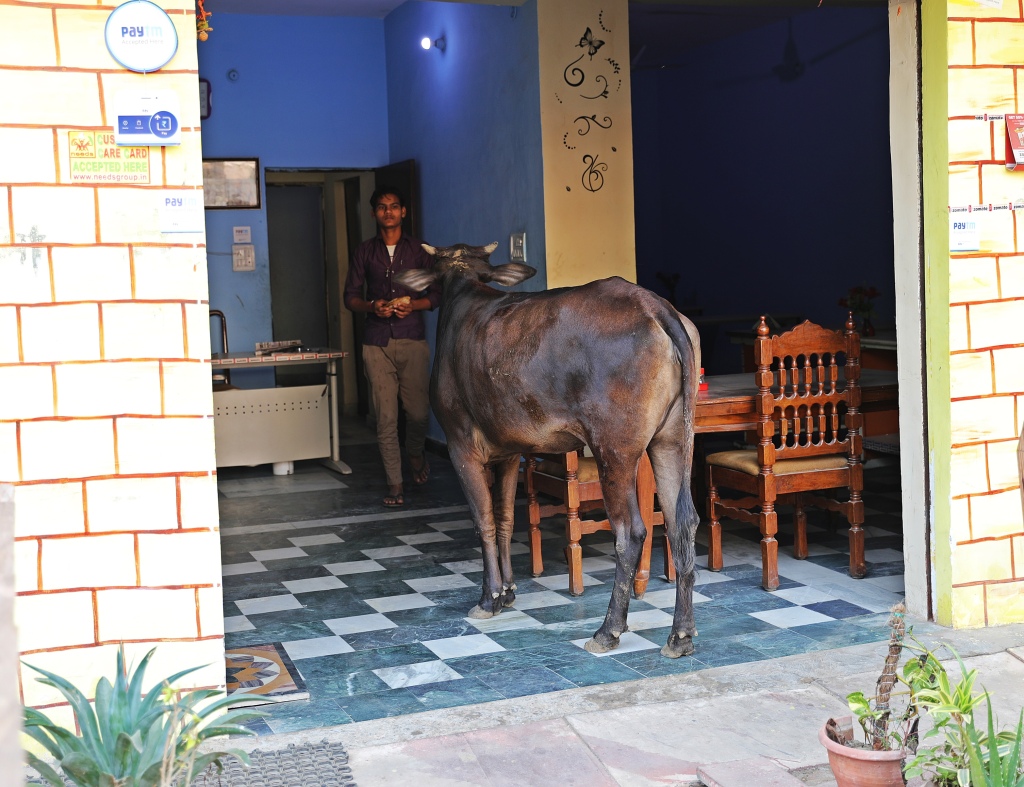
Cow ordering lunch at restaurant 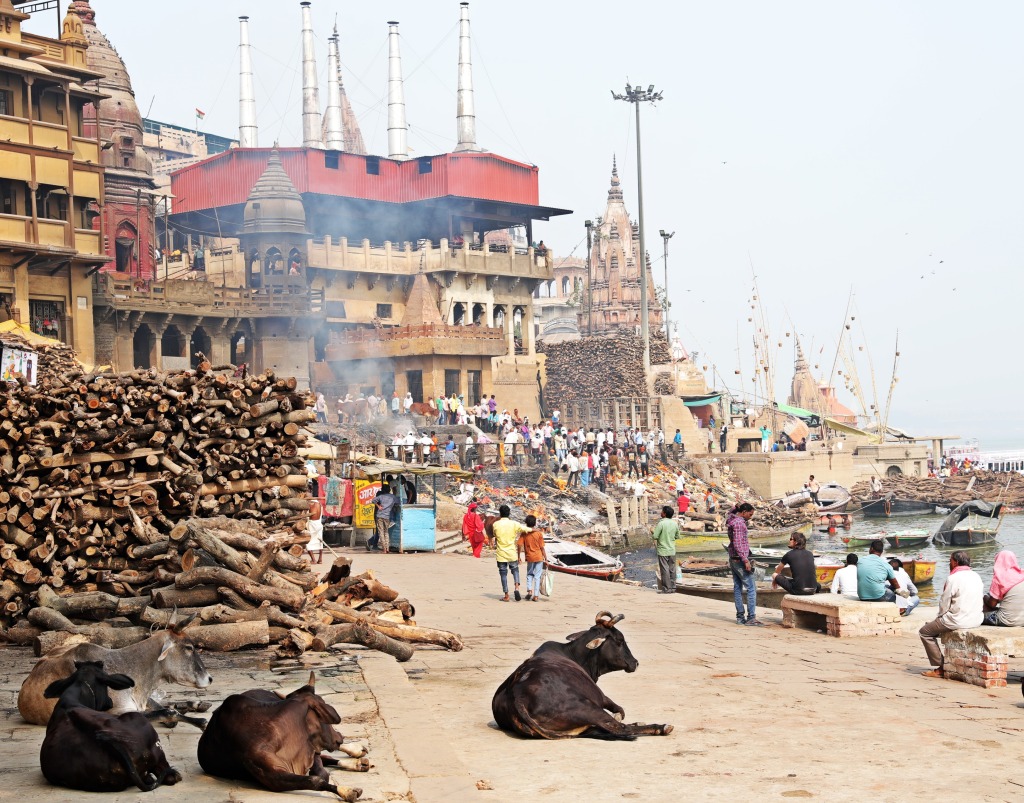
Cremation Ghat in Varanasi
Selfies
Indians love selfies! And they love taking selfies with westerners so be prepared to be in a lot of pictures or to say ‘no’ a lot. We even had people ask us to take their picture, on our camera, and they didn’t even want to see the picture.
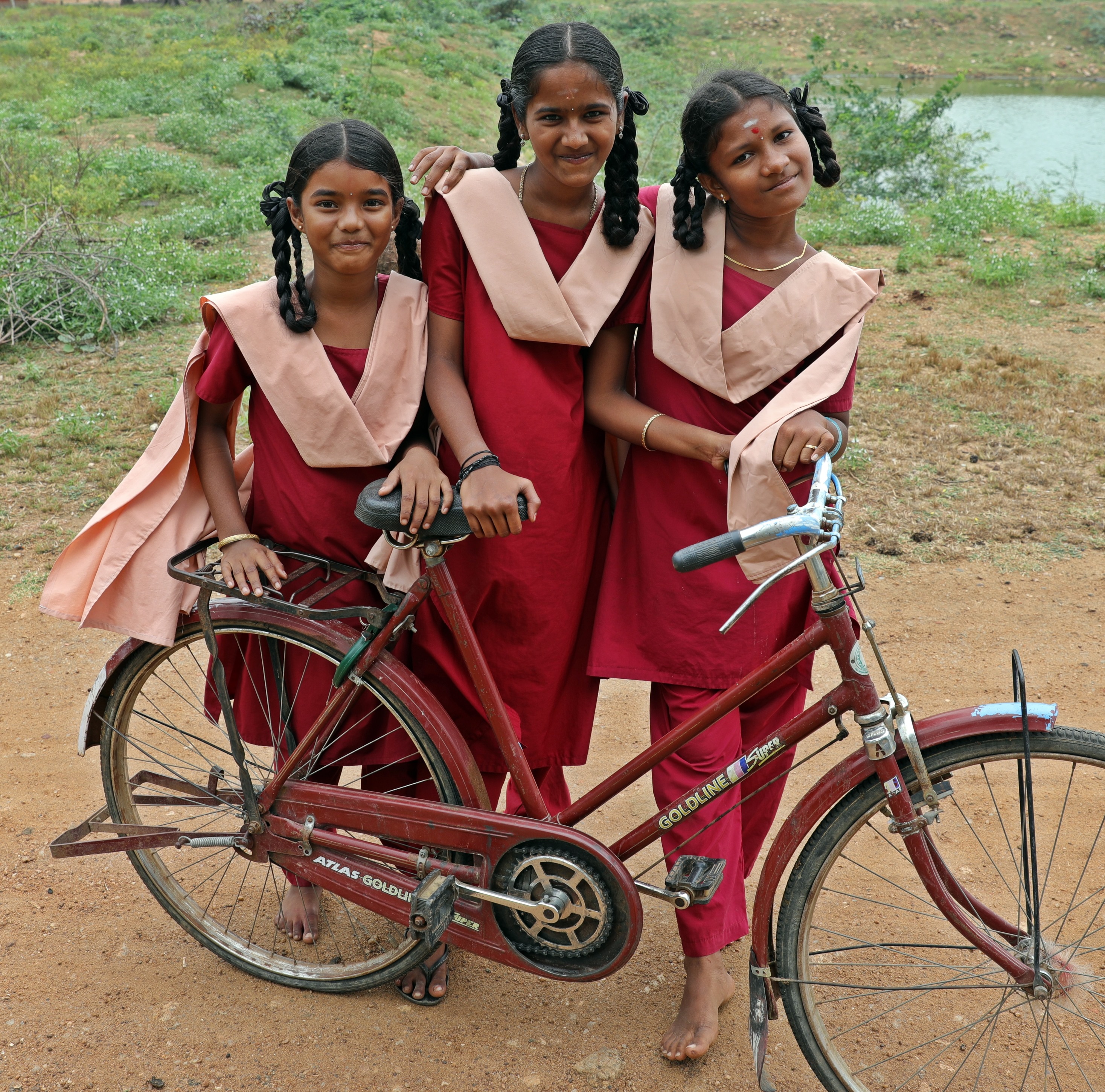
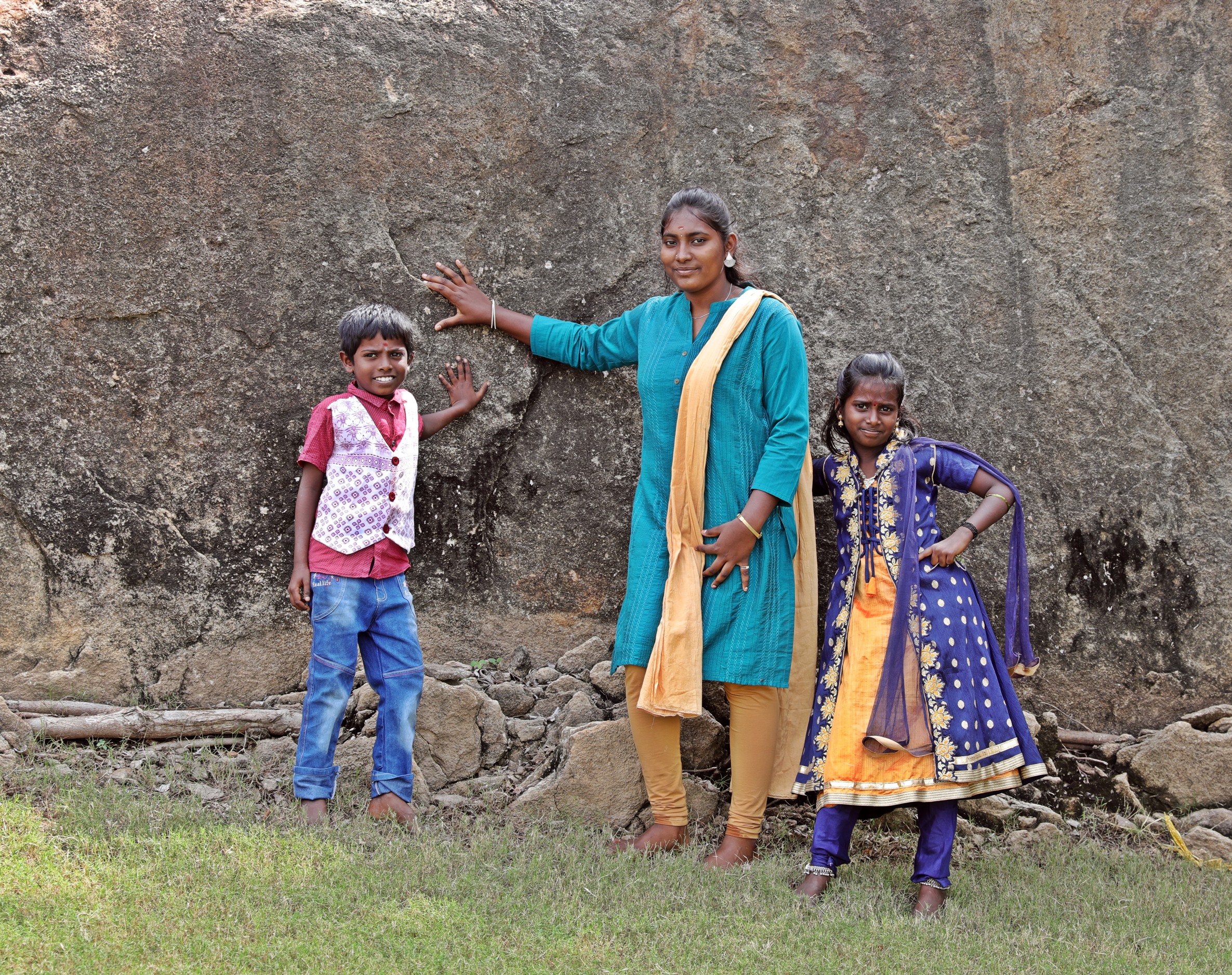
Garbage
Almost every centre we visited had garbage problems. Trash including plastic containers, food wrappers, food waste, shoes, cans, clothing, everything, is littered on the streets, sidewalks, rivers and in empty green spaces. If garbage cans are used, they are usually torn apart by the street dogs and no one picks up the mess. Only a few cities appear to be doing something about this: Shimla, Panaji, Visakhapatnam and Mysore were quite clean.
Air pollution can be just as bad. Many people burn wood and coal for cooking and heating, or burn their garbage on the city street. When in Agra, there were times when we could barely see across the river.
Smells – It’s true that there are a lot of horrible odours in India. The causes include open sewage, public urination (which is prevalent everywhere), cow/dog poop, pollution, garbage…
Disorganization
Most things seem to be run quite haphazardly making it a difficult country to navigate. Everything is difficult, from buying train tickets to finding the correct bus at the correct time and station to even buying tickets to tourist sites. There is rarely signage or even street signs and if there are, they are in Sanskrit or the local alphabet. The more touristy areas such as Goa and Rajasthan are much easier to navigate as they understand tourists’ needs, but away from these centres it becomes very difficult.
Change
Even though it’s a cash-based economy, no one seems to have change. Auto-rickshaw drivers, restaurants, shops, they all claim to not have change, hoping you’ll leave it as a tip. Be firm and they’ll eventually find change.
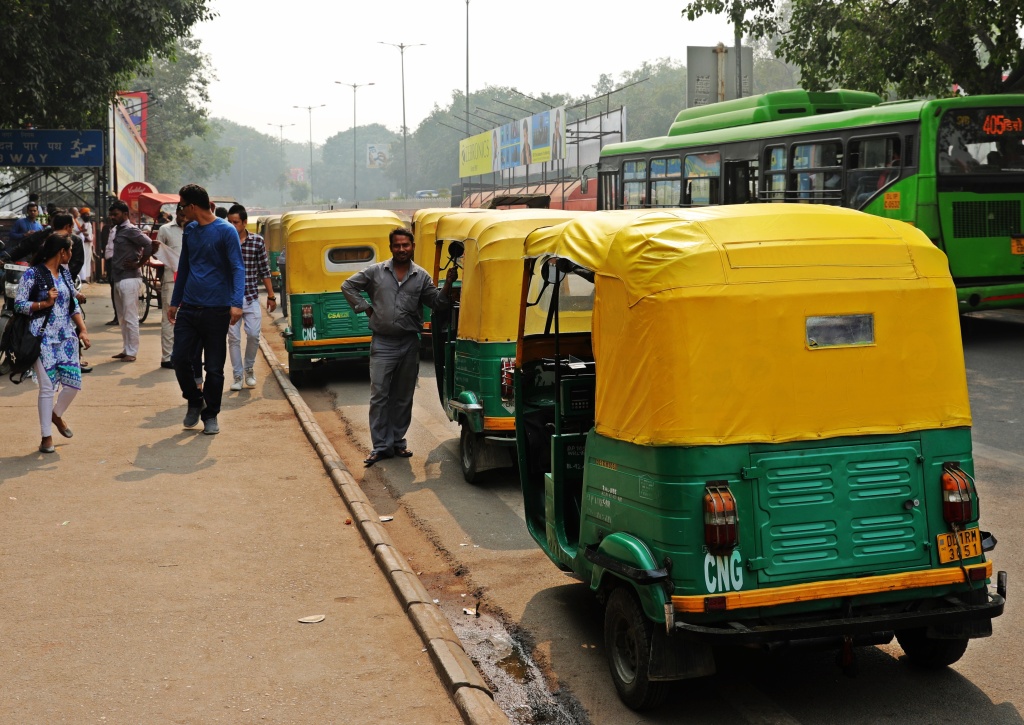
Auto Rickshaws, Delhi 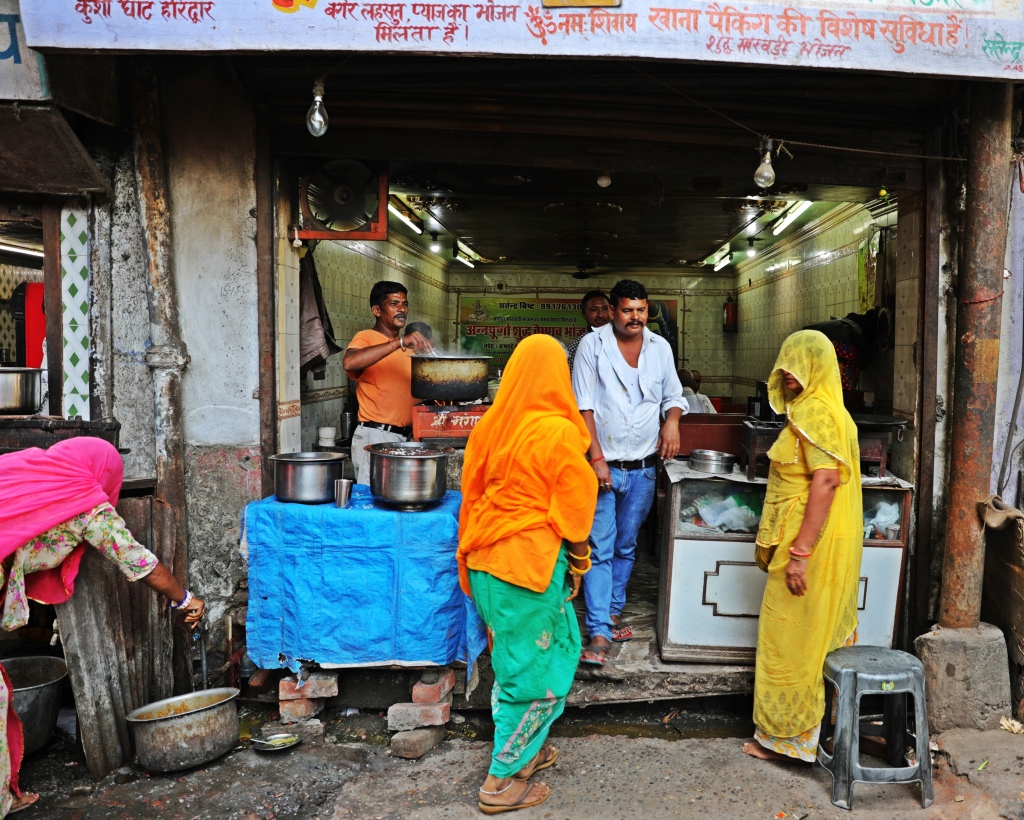
Street side restaurant, Haridwar
Power outages
We experienced at least one power outage in almost every city in India. Some would last a few minutes and others would last hours. Some hotels and restaurants have back-up generators, but many don’t. The rat’s nest electrical wiring in the pictures below may explain some of the reasons.
Eating
The food is amazing. We can only think of a few meals that were only average and even fewer that were poor. One custom that is difficult to get used to is that Indians eat with their hands; they don’t use cutlery. To an outsider, it looks unhygienic and is unappetizing.
Markets
Asian markets are always interesting places to visit as they’re filled with different fruits, vegetables and meats. They’re also great places to people watch. Indian markets are no different, except they are a lot more crowded.
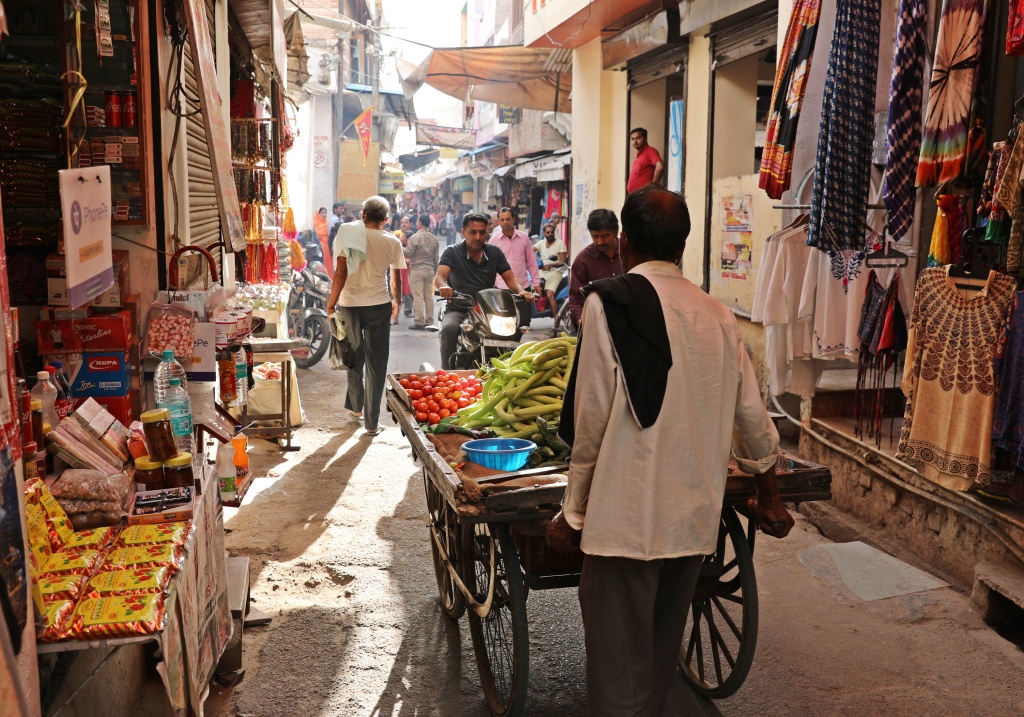
Pushkar market 
Market, Ahmedabad 
Market, Godavari River Ghats, Nashik 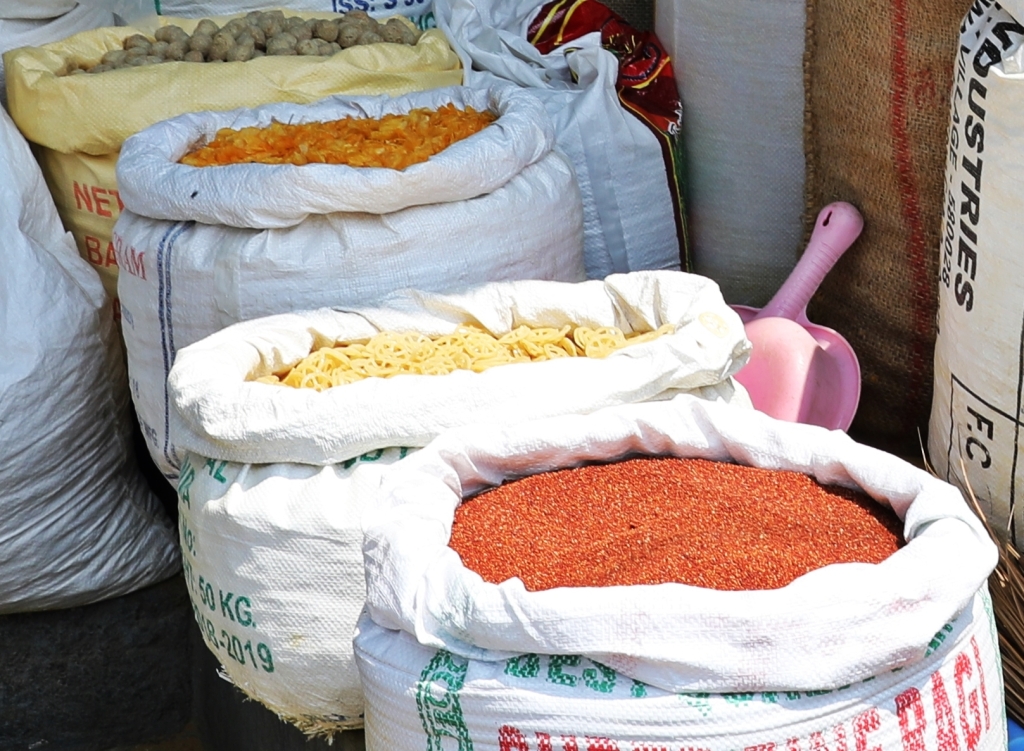
Spice market, Kochi 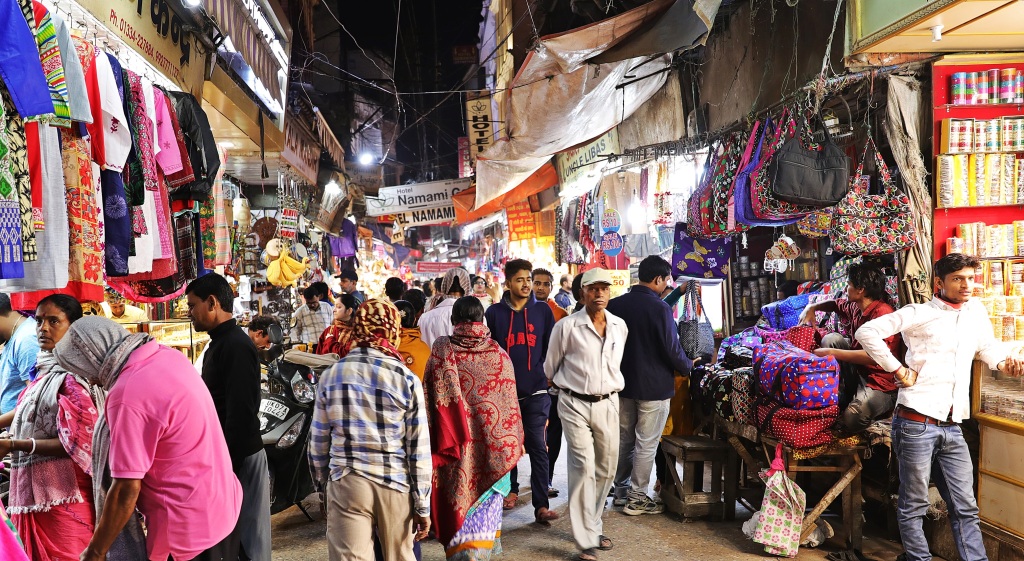
Market, Haridwar 
Charminar and market street, Hyderabad
Caste System
This social structure is another thing that is very difficult for a westerner to understand. From our perspective, it seemed that those in a higher caste treated everyone else as if they are less worthy than themselves and it comes across as very unattractive.
Highly regulated
In a country where there doesn’t seem to be any traffic rules, they appear to be highly regulated in many other areas. For example, no one is allowed to enter most forts as they’re used by the military. We compared this to our experiences in Sri Lanka where the military personnel gave us a tour of the fort. To enter areas close to Indian borders, foreigners have to obtain a ‘Restricted Area Permit’ which involves a lot of paperwork. At each check-point the army officers manually wrote our names and passport numbers on a long list that is probably never checked. Another strange rule is that hiking over age 60 requires a physician’s note, even on easy hike.
As well as having a lot of rules, Indians are very risk averse. We were often told by other trekkers that part of the route is ‘very dangerous, please be careful’, when it was only a 30m crossing of a boulder field or simply a slippery trail.
Should you go to India?
So, with all of this, why did we stay so long? India has incredible history and dynamic, diverse cultures that make each region very unique. There is so much to see in this large country and we did meet great people who are now good friends. We definitely recommend India as a tourist destination, but a month or two at a time is probably best for your mental health.
Coming up next: Travel Tips India
For extra pics from this trip go to Gallery Delhi& Eastern, Northern and Western India. For extra pictures from other blogs go to Gallery at monkeystale.ca
To read about more of our adventures go to Destinations.
If you like what you read, please comment or share (with credit) using the links below.
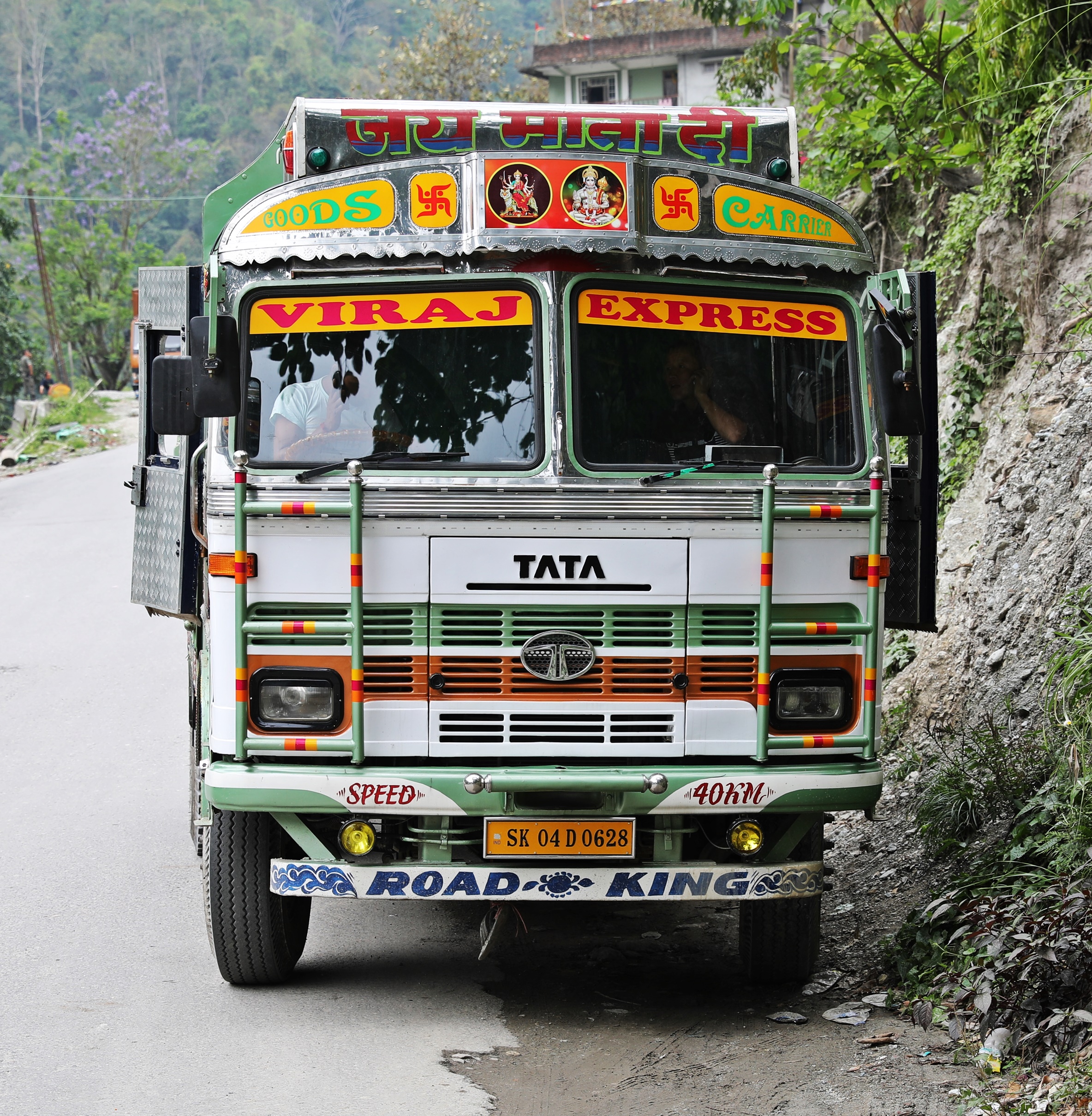

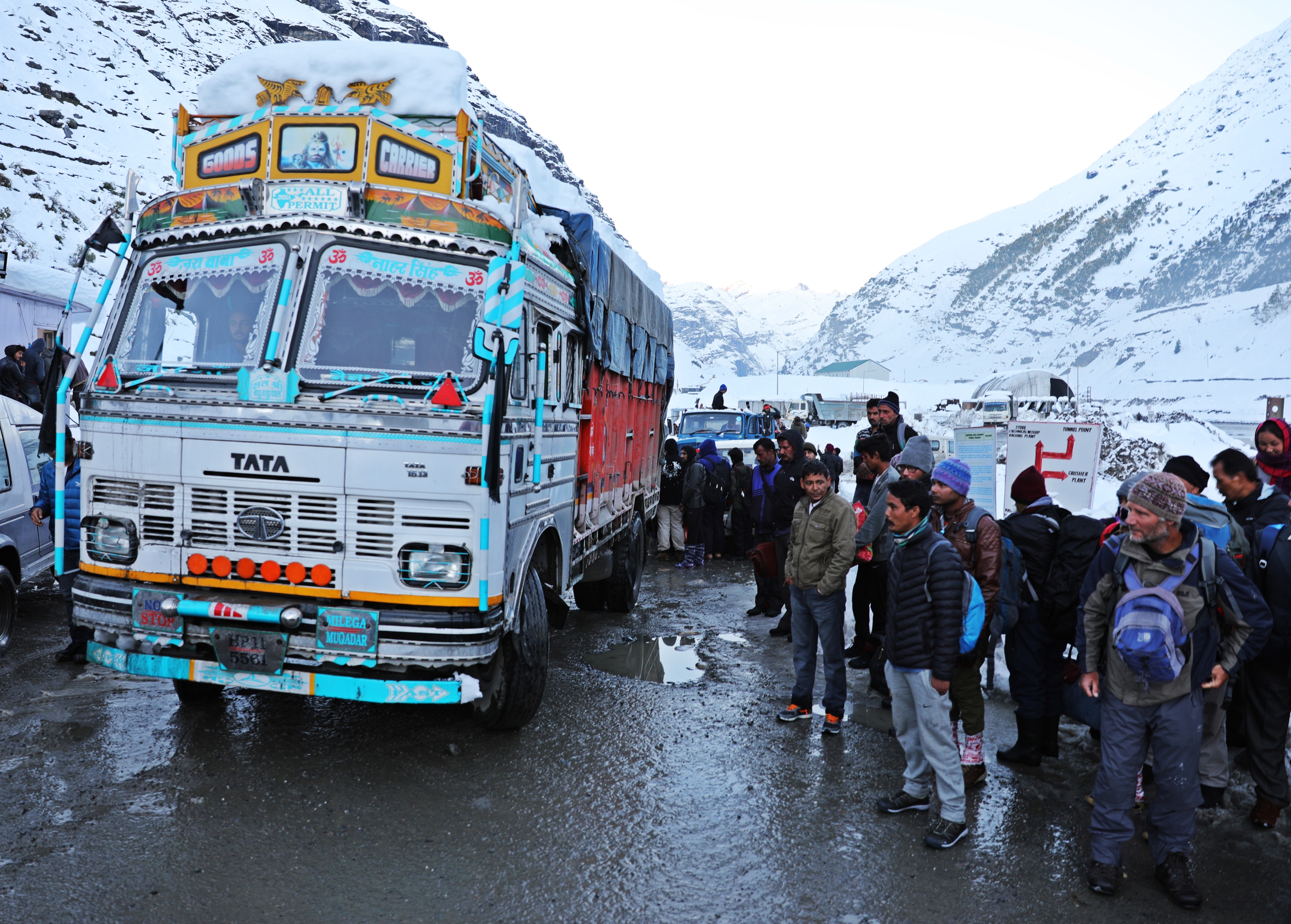



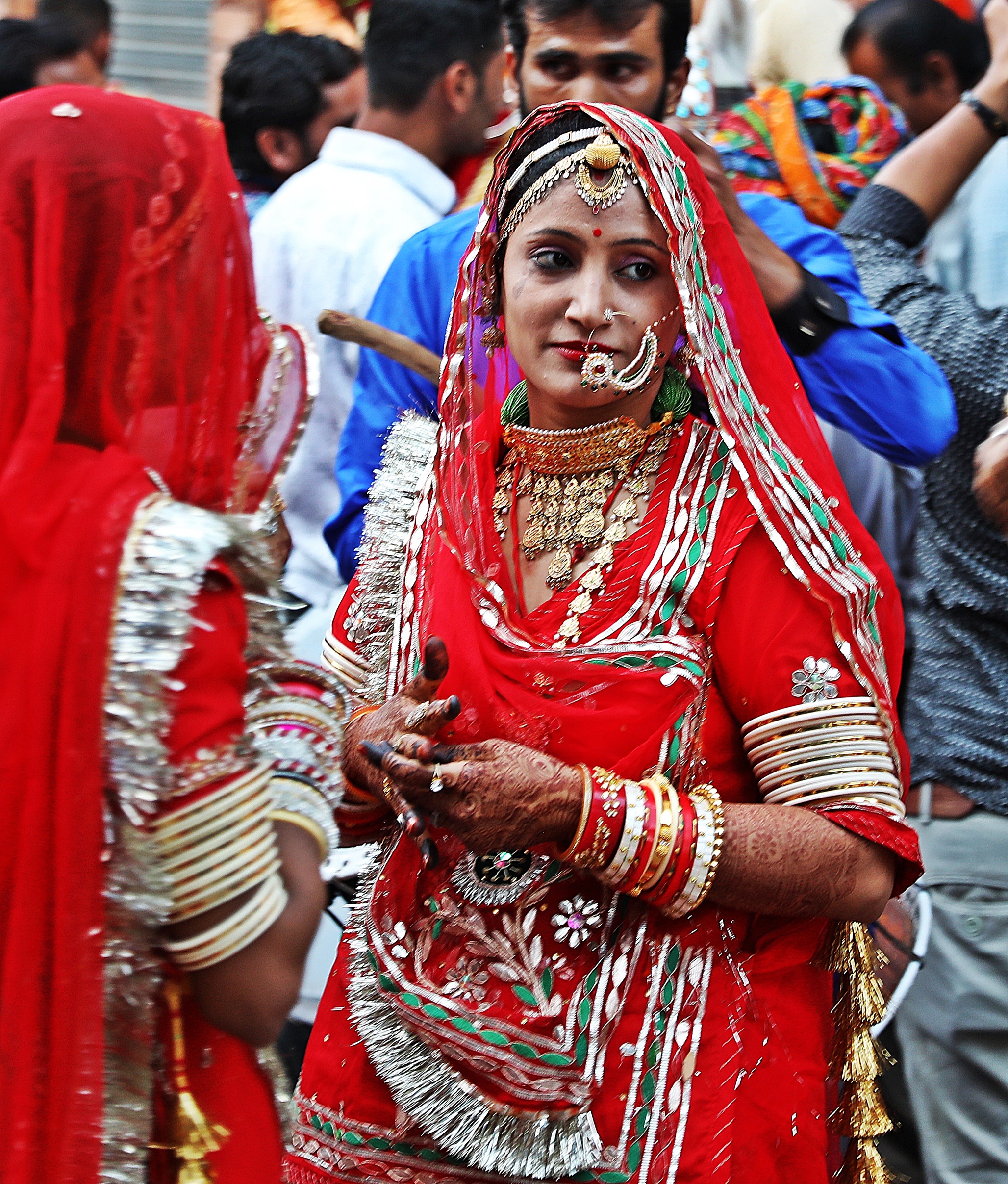
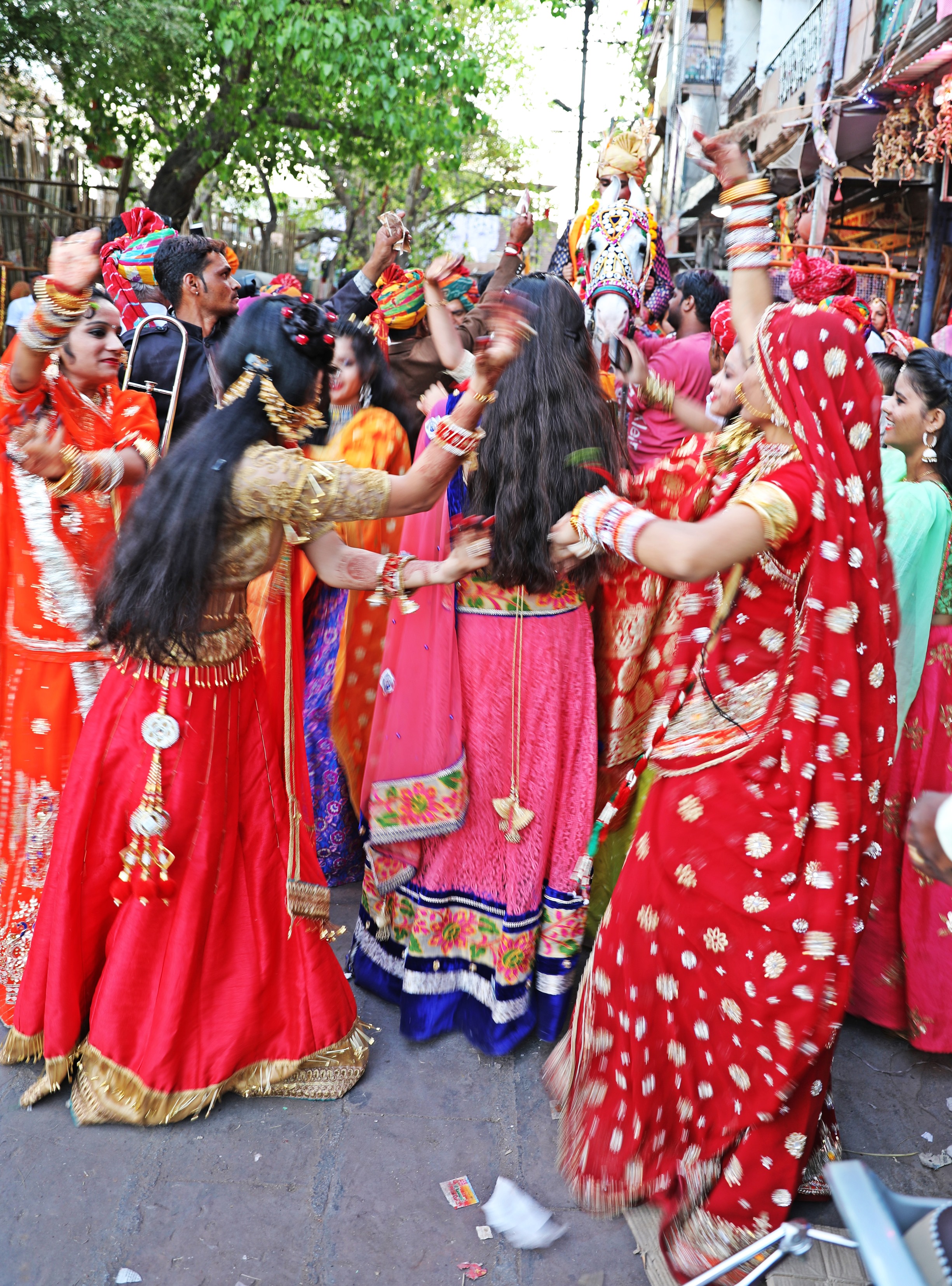
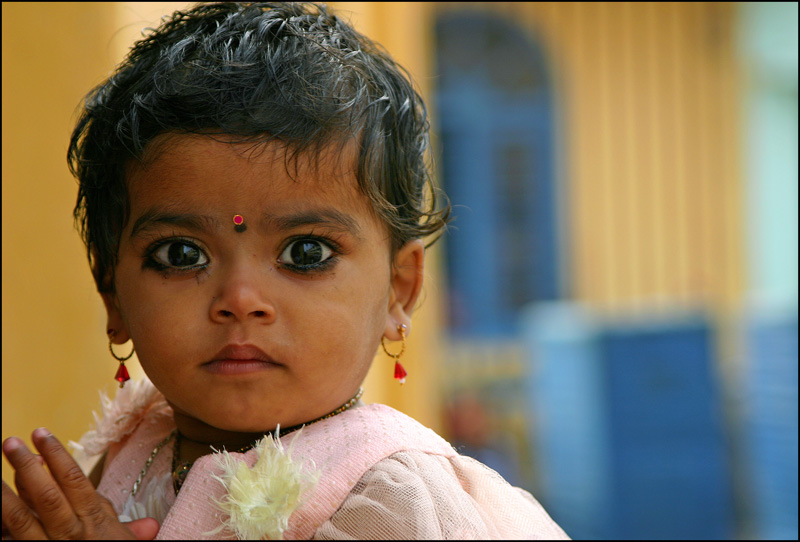
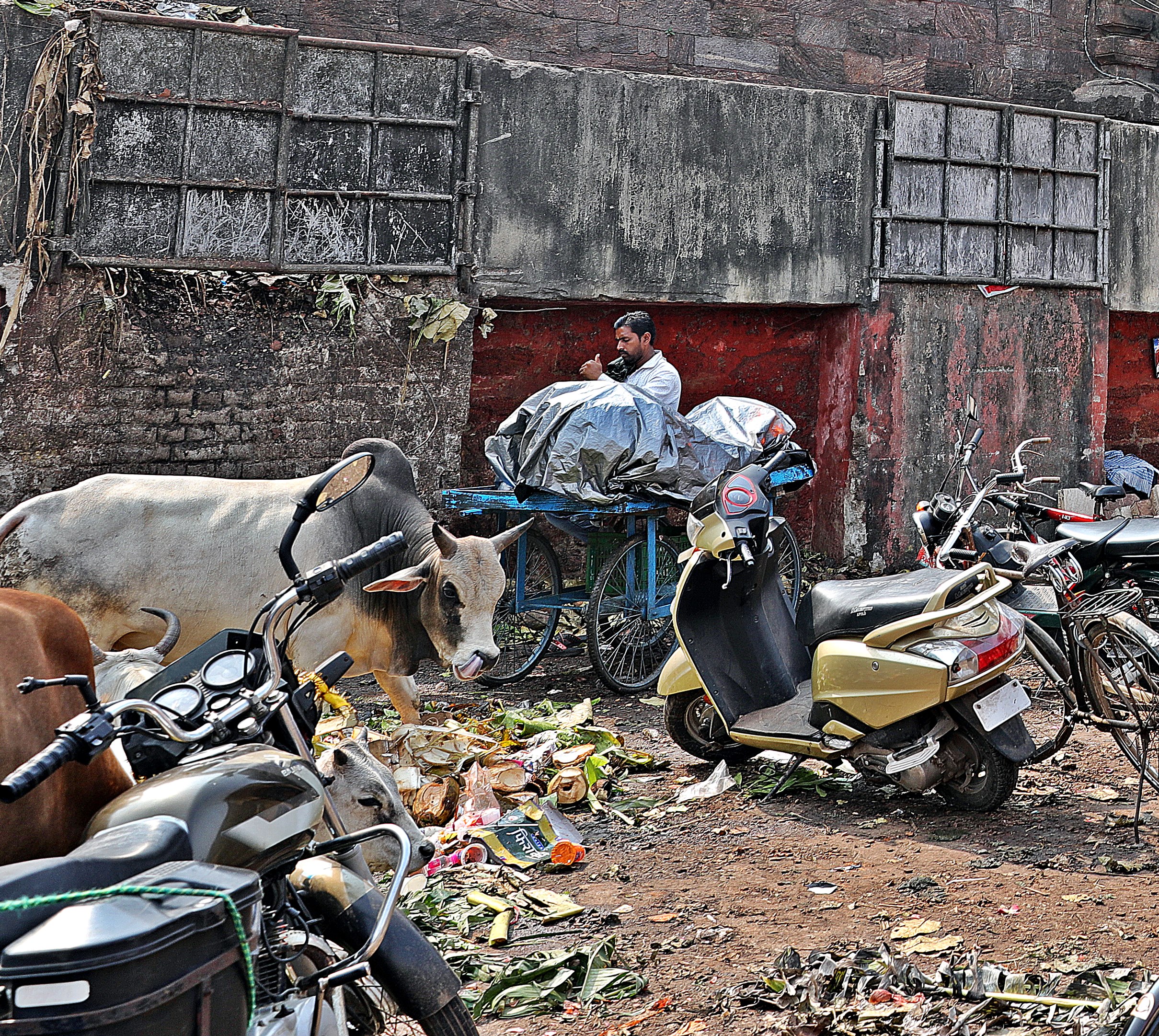
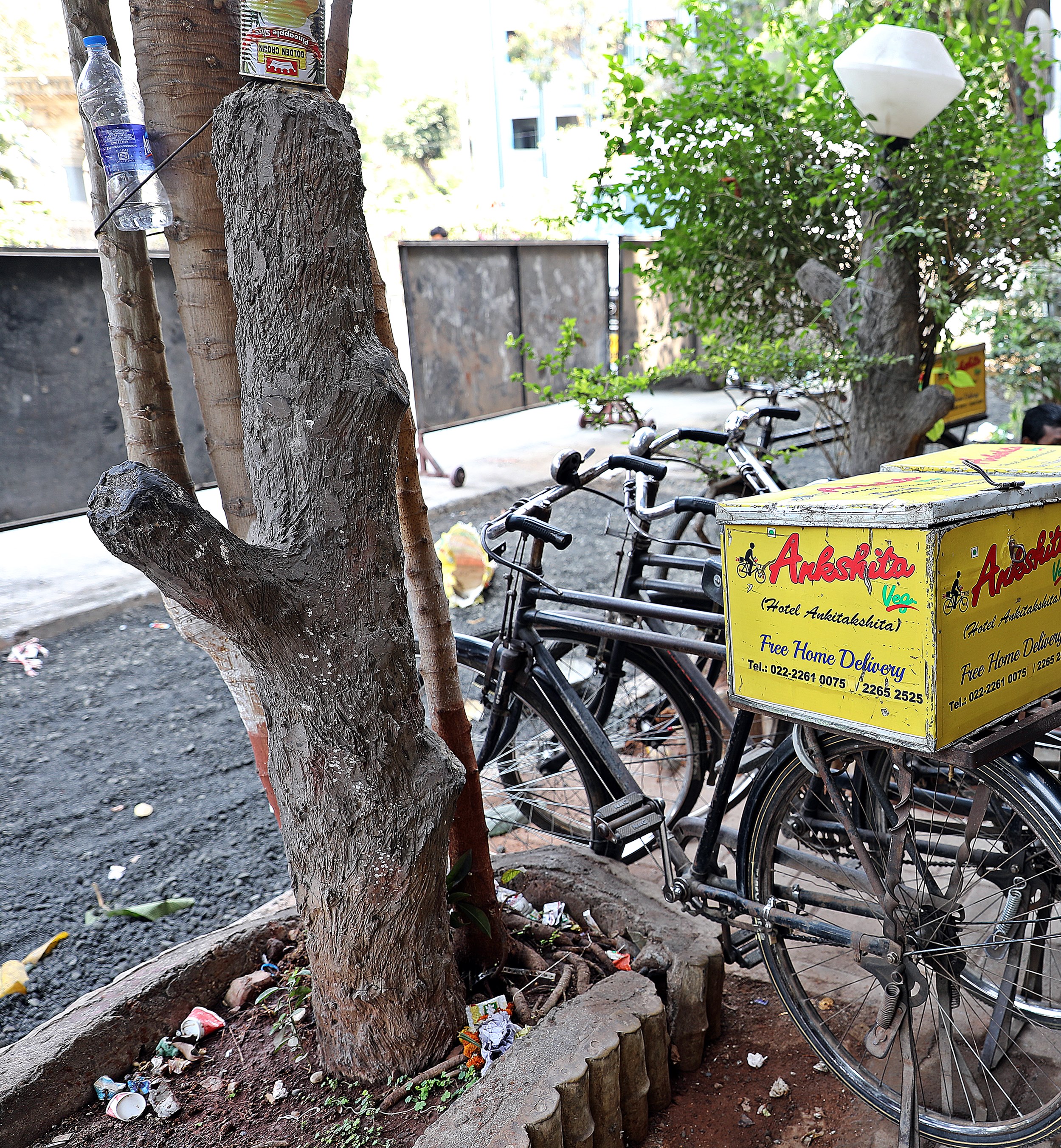
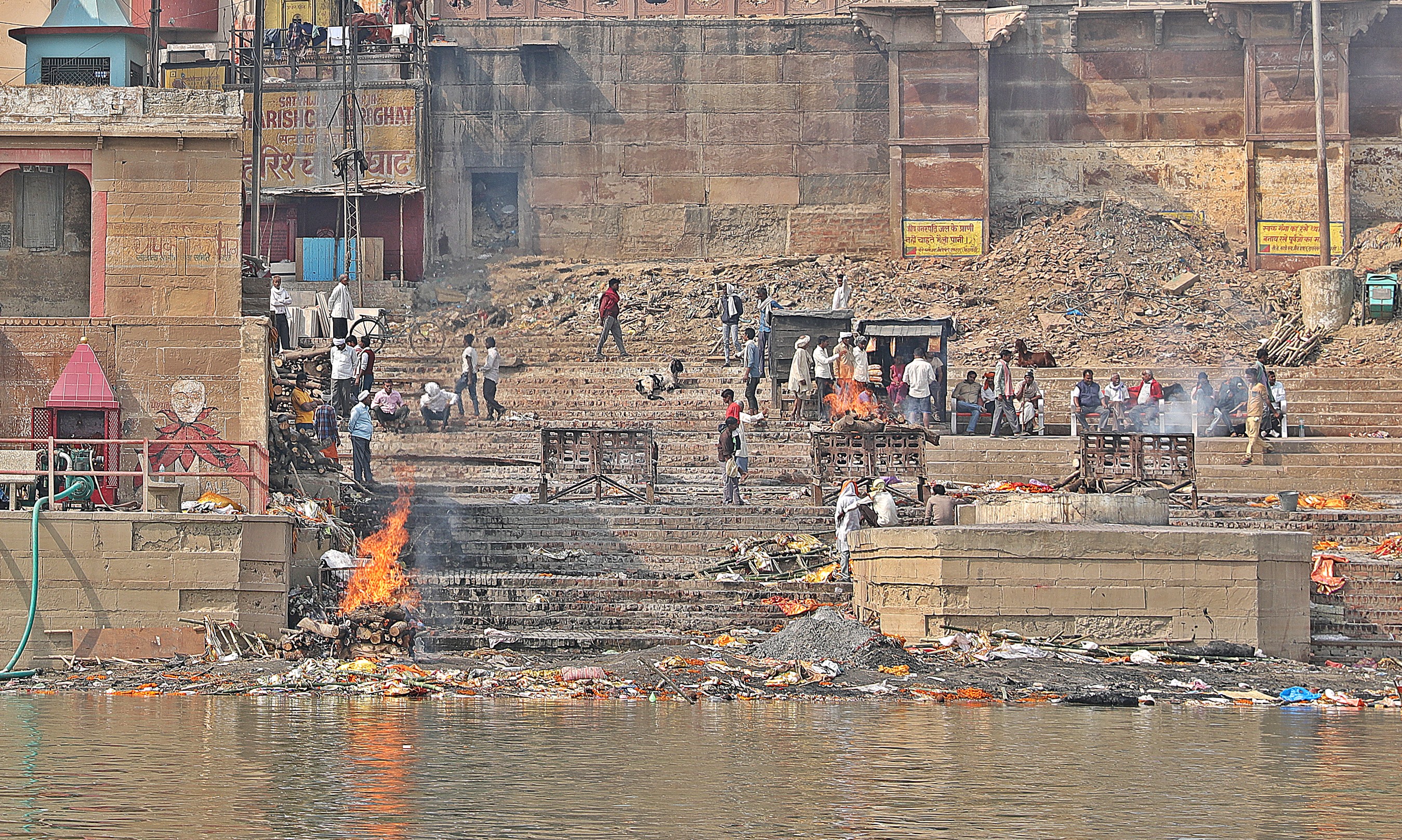
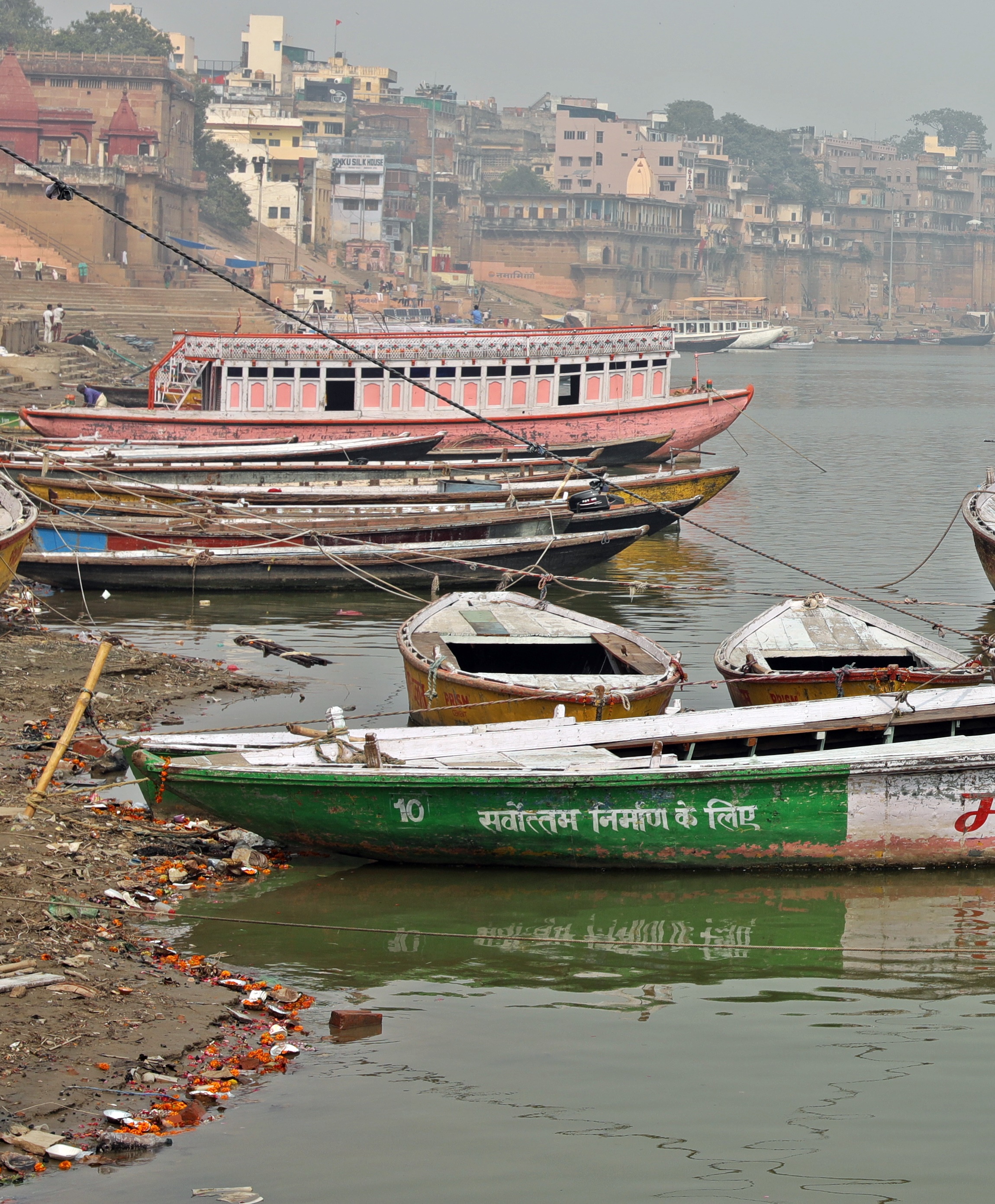
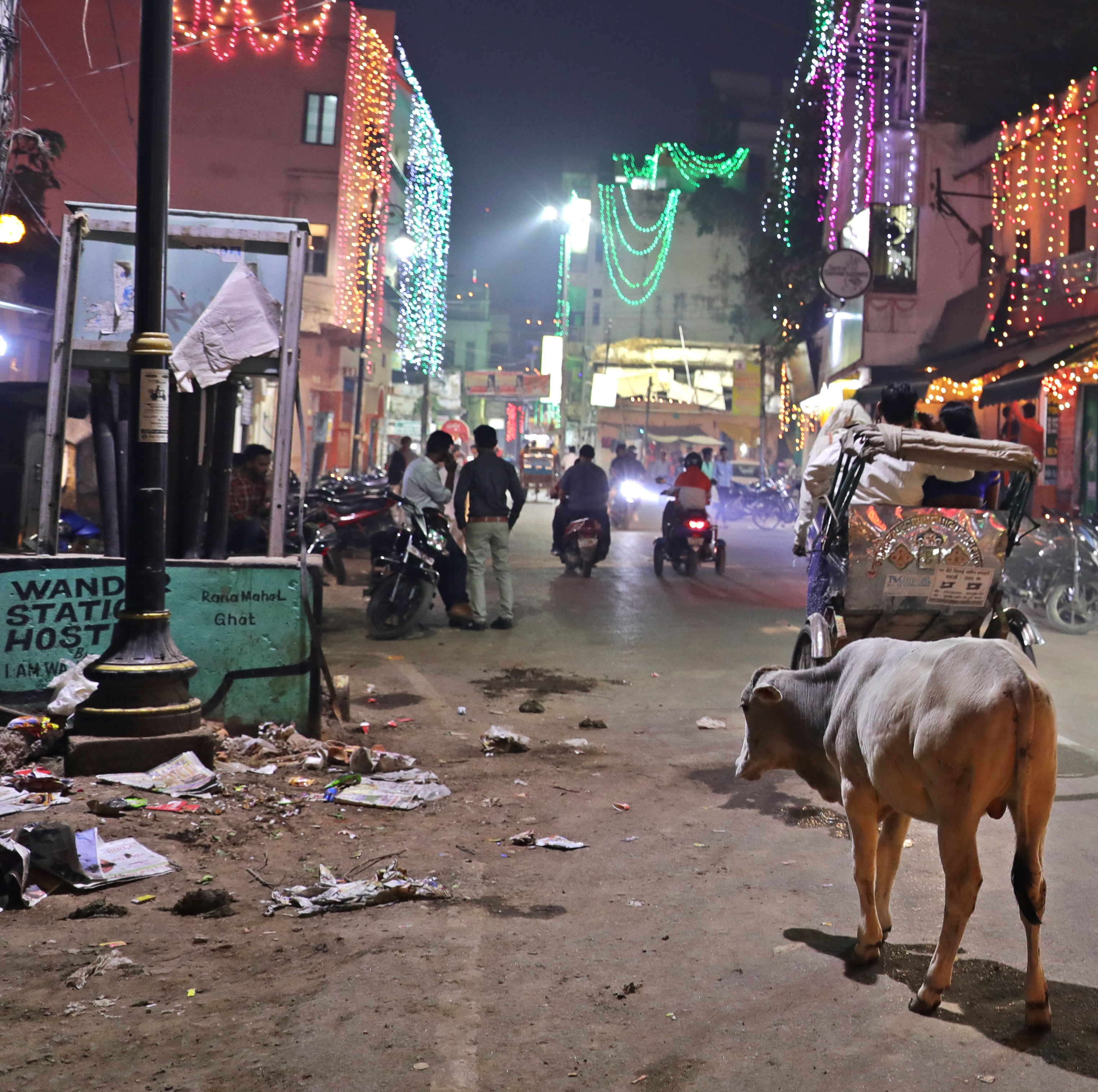


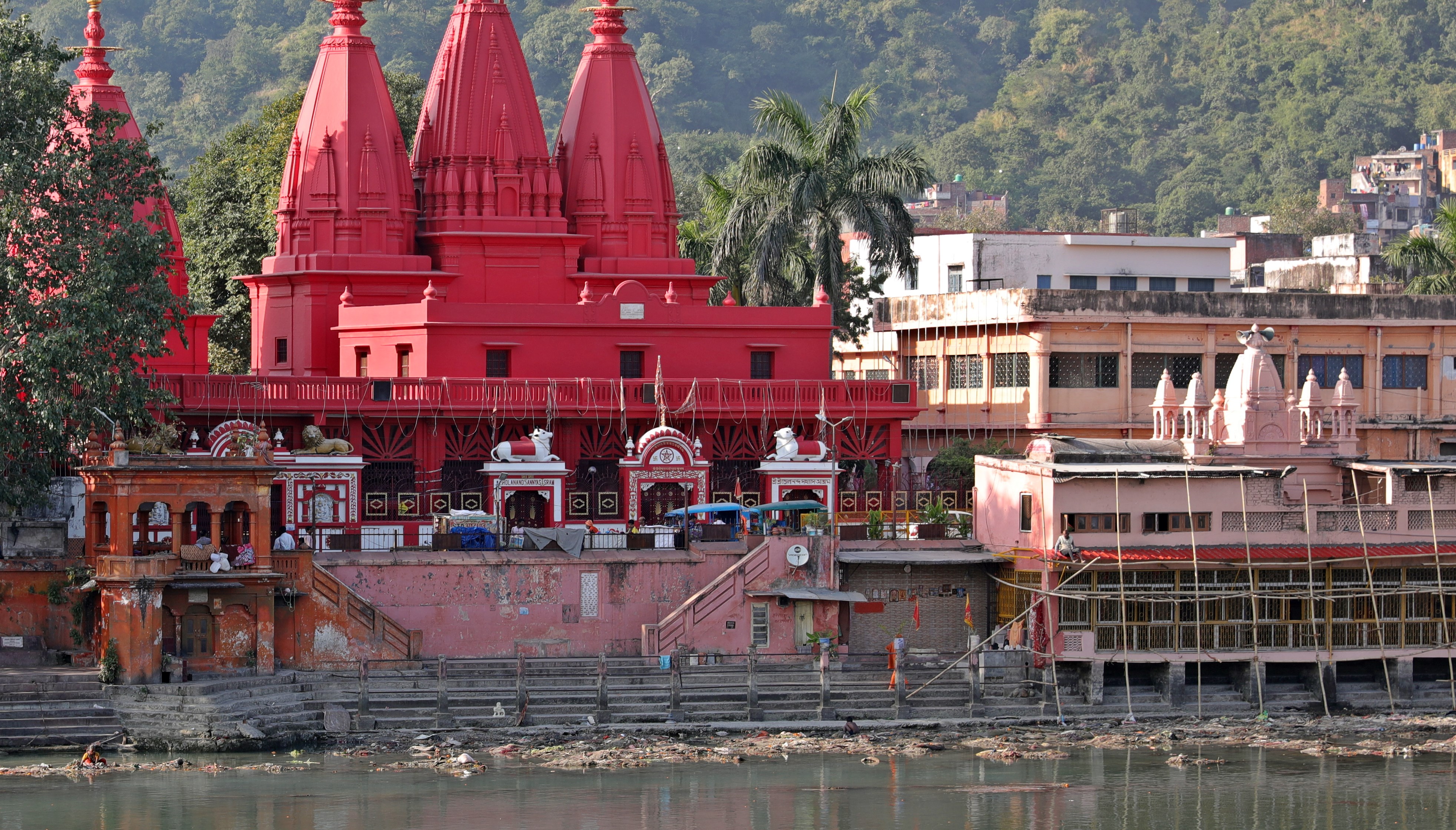


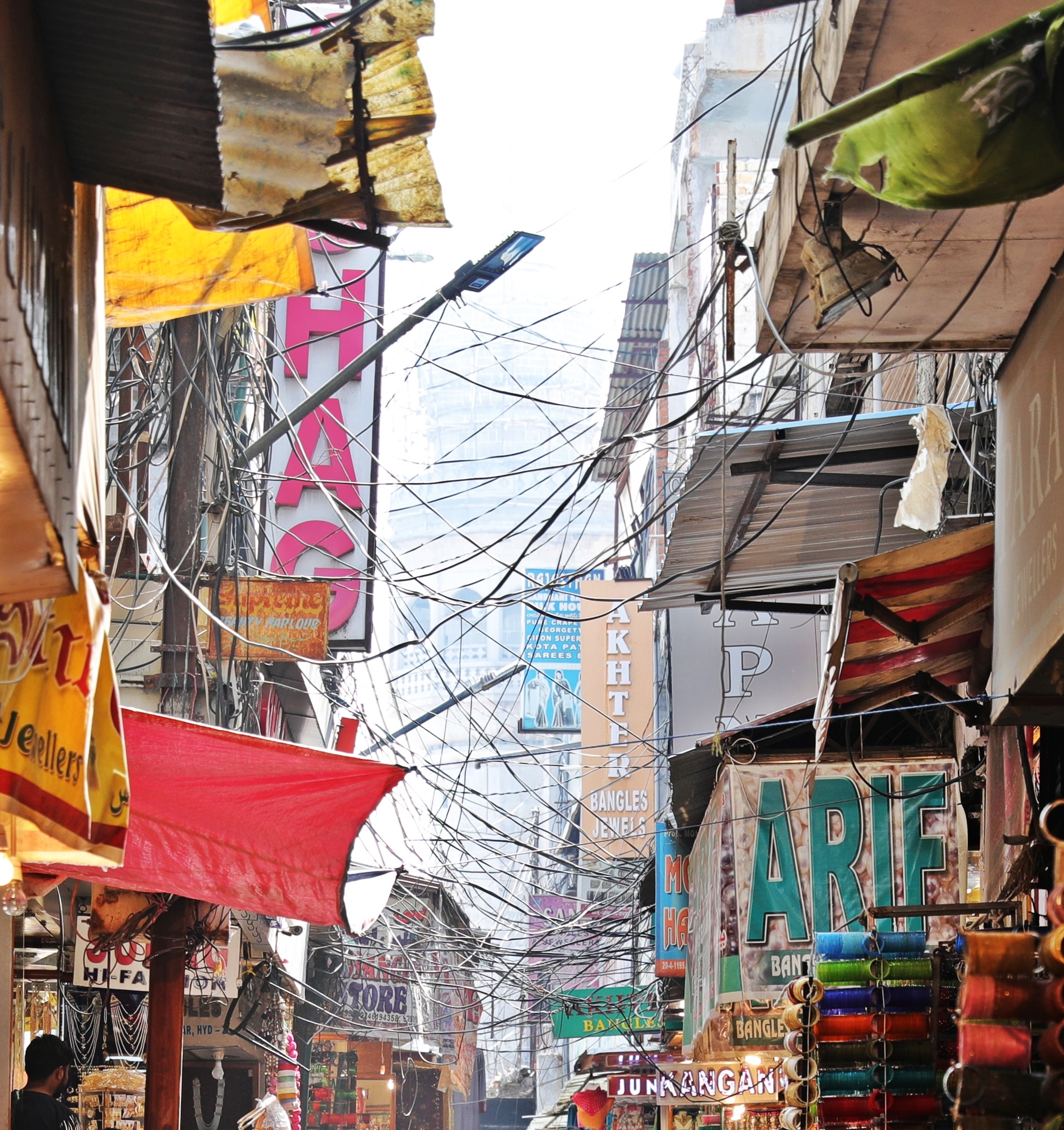
What an amazing set of memories. We love India too—four longish trips in the last four years. Hope you had the chance to do some of the national parks.
LikeLiked by 2 people
Thanks yes, it was amazing. We did go to quite a few national parks, mostly in the mountains.
LikeLiked by 1 person
I need some more time to go through this, but the initial impression is great!
LikeLiked by 2 people
Thanks, I know it’s a long one, but lots to say.
LikeLike
Yet another lovely and inspiring travel post, I bet India was a sensory overload, just looking at your photos gives me goosebumps
LikeLiked by 2 people
Sensory overload is a good way to put it! India is a lot of everything.
LikeLike
Oh how I can relate to every single thing you said! It’s amazing that you were able to deal with all of those for 8.5 months. I was in India for a month (mostly in the south), and although I loved all the historical sites and amazing ancient temples that I went to, it was a relief to leave the country (Nepal was my next place to visit). However, a few months later, I actually started thinking of a few future trips to India because there are still so many things in the country to see and explore. Your post definitely brought back some fond (as well as not so great) memories! It’s beautiful, it’s chaotic, it’s marvelous, it’s intense, it’s inspiring, it’s frustrating… it’s India!
LikeLiked by 2 people
Thanks, we have great memories from our trip, but I would never recommend a long stay. It’s an overwhelming country, but amazing and unforgettable at the same time. Thanks for reading!
LikeLiked by 1 person
Incredible – what an experience. We were there for 3 weeks a few years back and will hopefully visit the south some day. I love your summary of the chaos and beauty.
LikeLiked by 2 people
Thank you Marie, the south is very different from the north so it’s good to be able to visit both.
LikeLiked by 1 person
Great post and and amazing trip. Brings back so many memories of our short visit to India. You make us want to travel extensively there one day. Thank you for sharing this
LikeLiked by 2 people
Thanks for reading and commenting! It really is an impressive country that is overwhelming at times, but also addictive.
LikeLike
Entertaining way to see India. The many similarities and great variety. Thoroughly enjoyed reading it.
LikeLiked by 2 people
Thank you Karen!!
LikeLike
This post will be my guide for my trip to India. I found really useful your impressions about the country. Of course, I will use the other posts you wrote to plan my tour. Many thanks!
LikeLiked by 2 people
Thank you so much, I appreciate your comments!
LikeLiked by 1 person
What a travel experience, over 8 month. Thank you for sharing! Great photo captures. 🙂
LikeLiked by 2 people
Thank you Amy, it was a great adventure! Thanks for reading.
LikeLike
Haha, a month or two at a time – got it. Your trip sounds incredible though! I need to go back and read previous posts. 🙂
LikeLiked by 2 people
It was a great trip, so much to see and do in an interesting country. It is tiring though, but in the end, worth it.
LikeLiked by 1 person
What a fascinating summary to read. I think of all the things you described, the noise would drive me the craziest, though I’m sure I’d be freaked out by the traffic/driving, too. I would love to eat my way through India, though. We are about to jet off to the UK and expect to have many amazing Indian meals, but of course, they are Anglo-Indian. Wondering about your perspective: how is Anglo-Indian food similar to/different from true Indian food? Thanks for a great post!
LikeLiked by 2 people
Thanks so much! The noise and the smells were the worst for me. The food really is amazing. I can honestly say that a good Northern Indian restaurant in the UK (or Canada) are very similar to the good restaurants in India. In Punjab they use a lot of oil and ghee, so it’s very yummy, but very greasy. Of course there are many dishes that we had never heard of before. We haven’t been to an Indian restaurant since we’ve been home, but I bought paneer from an international supermarket and it was no where near as good as in India. I’ll have to try at a restaurant, but they probably make their own. Also, in Canada we don’t have many south Indian restaurants so all of that cuisine was new. Happy eating in the UK!
LikeLiked by 1 person
That’s so funny – I have “paneer run” on my to-do list. The Indian grocery store isn’t super close, but I gotta make time to do it because I adore paneer and I’ve been seriously craving a curry lately. Thanks for the info!
LikeLiked by 2 people
Your post was marvelously comprehensive, a great start for anyone contemplating a trip to India.
LikeLiked by 2 people
Thank you so much! I hope travelers find it useful!
LikeLike
Amazing 8.5 months! We’ve been to India for days and it’s historically and culturally incredible.
An assault to the senses.
LikeLiked by 2 people
It definitely is overwhelming at times, but such an amazing place!
LikeLike
Very beautiful and balanced and informative post Maggie and Richard. I am an Indian and a proud Indian. And am also aware of all the challenges you have mentioned.
You have captured the beauty and the diversity so well. Congratulations!
Incidentally I shall be visiting Canada for the first time this fall and am looking forward to that
LikeLiked by 2 people
Thank you so much. We did try to be fair and honest with this post, so I”m glad you understand. Where in do you plan to visit in Canada?
LikeLiked by 1 person
My pleasure.
I am landing in Montreal on the 19th of September. Then cross over to the US – Vermont, Boston, DC and Ny. Then come to Toronto and last To Vancouver. About 6 weeks trip.
Where do you live in Canada ?
LikeLiked by 1 person
Sounds like a great trip. We live in Calgary. Out of those cities, Vancouver is the nicest – but I’m biased toward the west. Let me know if you have any questions about places you’ll visit as you plan.
LikeLiked by 1 person
Sure. Thank you so much.
You know I am more of a people person than places 😊 I try and do my best to combine both 😊
LikeLiked by 1 person
Enjoyed your ‘impressions’ post. It reminded us of our time there a couple of years ago – the travel and road rules, the head wobble, the plastic waste! I don’t think we would have survived 8 months!
LikeLiked by 2 people
Thanks, 8 months was a little rough by the end, but over all, an amazing trip!
LikeLike
Wow, 8 months!! There is a lot to digest, even for us, your readers LOL Amazing landscape photos😊
LikeLiked by 2 people
It was certainly a lot to live!! Thanks for reading!
LikeLiked by 1 person
Very informative—I’ll stick with our Bollywood binges instead of visiting, thanks—
LikeLiked by 2 people
This is a very honest and personal experience. I’m sure this will help people from western hemisphere adapt better with what to expect. Often, India is considered a sensory attack, lots of noise, a variety of smell, too many things happening in the street.
LikeLiked by 2 people
Thanks, we didn’t want to gloss it over. We love India, but it’s a lot…of everything and is a shock for westerners.
LikeLike
I can understand. 😊
LikeLiked by 1 person
Gorgeous gorgeous photos and lovely observations. I lived in Delhi for a year almost a decade ago and have since 2014 visited Mumbai for about a month… its such a raw beautiful soulful country…
LikeLiked by 1 person
It is an amazing country, and so different from anywhere else.
LikeLiked by 1 person
I don’t know how I missed this one. It’s fabulous! The head wobble is hilarious and the traffic (especially going the wrong way in a roundabout) sounds terrifying. I remember those wonderful decorated buses from Sri Lanka too.
LikeLiked by 1 person
Haha and you’ll remember it when you arrive in India!!
LikeLiked by 1 person
What an amazing post!
I think my trip to India was the most beautiful and exciting I’ve ever done
LikeLike